Let's All Go To The Movies!
Cleaver columnist and antiques expert, Martha Whitney Butler, rediscovered a love of the cinema at the new Waveland theatre - the Beacon! You'll want to check it out too, after reading this fun piece!
Vintage Easter Memories
Empty candy containers are full of Easter nostalgia for antiques expert and Cleaver columnist, Martha Whitney Butler!
Ancient Tradition or Marketing Ploy?
Romance and capitalization are both historic human motivators, but the origins of this February holiday seem to have stemmed from love.
- by Martha Whitney Butler
Valentine's Day absorbed the popular modus operandi of romantic poetry when the world swooned over Chaucer, Shakespeare, and Donne - all famous poets of their day who referred to the holiday in their work. By the 1800s, handwritten love letters and embellished printed cards were all the rage. Even though it cost a little more to send them through the relatively new postal system, it was reported that MILLIONS of Valentines were circulated through the mail during this time of year.
Flowers - We have Venus herself to thank for this gift! Being the goddess of love, she favored the rose as her flower - hence our tradition of giving roses on this day. Her worshippers left an abundance of flowers at her shrines hoping to win her good blessings in regards to their love lives. In the 1700s, Charles the II of Sweden introduced the poetical Persian "language of flowers" to Europe, assigning official meanings to different flowers. Ladies of this era clung to their flower encyclopedias, assessing each bud of their bouquet. This way, the sender could have a wordless conversation with the recipient by sending them different flowers, each with its own meaning and symbol.
Chocolate - The ancient Aztecs used chocolate during wedding ceremonies as a nuptial aid, gifting it to couples to enhance their sexual prowess. Scientifically, we've found there actually is a link between chocolate and the endorphins in our brain that are associated with falling in love. This makes chocolate the perfect aphrodisiac!
So if you are an anti-Valentine's Day grump who thinks the holiday was created by greeting card companies and greedy florists, put a flower in your hair and eat some chocolate! This holiday has been around for a long time and is one of the loveliest days of the year. Use it as an opportunity to show some love to your local florists, chocolatiers, and artists! Half and Half Nots
A beginner's guide for collecting Half Dolls.
- story and photographs by Martha Whitney Butler
These fine ladies were manufactured from the turn of the 20th century until about the early 1930s. Using a mold process, their shapes were cast for increased production. A good way to determine value is by the form and body language of the figurine.
Obviously, if you can see cast lines and seams, she's not as high in quality. Arms that are cast close to the body suggest a more elementary casting process, while those whose arms are further away or not touching the body are more complicated and more valuable. A great example of one of these is the Chocolate Lady, a half doll who bears a tray of a chocolate pot and cup. Some of them are extending their arms, and some are carrying baskets or flowers. These are the ones to really look for, but I ALWAYS suggest buying what you like!
The finer, hand-painted porcelain half dolls come from Germany. While sometimes unmarked, you can usually tell if the doll is German by the quality of the painting and casting. Like most items I write about, Japan also produced several whose craftsmanship is lacking due to mass manufacturing.
The value is largely based on the design and intricacy of the doll itself. If she has an elaborate hairdo or is fashionably dressed, she's more valuable than her nude counterparts. But for some of us the naughty nude girls that are running around the antique shops topless are way more fun. They're meant to eventually be clothed by their buyer's choice in fashion, but some of them never made it to that stage and are conducting themselves in a debatably unbecoming manner. So what were their jobs? I could name off more uses for these than Bubba from Forrest Gump could name off shrimp dishes, but I'll give you a few: They were employed as pincushions, clothing brush handles, lampshades, powder box lids, and anything useful in the home. Imagine them as the predecessor to the crocheted toilet paper cover. It's basically going to be that with a doll on it. If you're lucky enough to own one of the Viennese Chocolate Ladies that were produced by the Goebel porcelain factory as an advertising piece for Walter Baker chocolate, stop in and show her off. I'd love to see one in person. If you have one of these fabulous treasures sitting around the house, make use of her! All you have to do is find something to sew her to, or you could just duct tape her to your gear shifter. . . . Kidding. Kind of. A Collector's Guide to Vintage Ornaments
Martha Whitney Butler's comprehensive guide will have you laughing and hunting your local antiques shop for fun finds!
- story and photos by Martha Whitney Butler
Aluminum Tree Ornaments
Plastic ornaments produced for mid-century aluminum Christmas trees. Makers: Jewel Brite and Bradford. These babies can be found in a variety of shapes, sizes, and colors. Bottlebrush This refers to the material and shape used to produce Christmas trees, wreaths, etc. These items really do look like they're made of bottlebrushes! Rare colors such as red, pink, and white are highly coveted. Candy Containers These come in all shapes and sizes. They range from empty sleighs with reindeer to small elves whose heads can be removed. If it opens or can be stuffed, it was most likely a candy container. Empty sleighs were often filled with decorations and placed around every year as decorations after the candy was all gone. Color wheel This rotating wheel of filtered lights is traditionally plugged in and place by an aluminum tree to give it a glittering, glowing effect. Diorama A Christmas diorama can consist of many elements, but most commonly they are adorned with Santas and reindeer placed around a cardboard chimney nucleus. Most of these are stamped “Made in Japan”. Not to be confused with indents (below). "Fancy" Shapes Classified as members of the figural family (below). This term is used in reference to Shiny Brites ONLY. The Shiny Brite Co. marketed some of their ornaments under the name “fancy shapes”. Shiny Brites vary in shape and size, often taking on a mid-century design. Feather Tree Ornaments Similar to miniatures in size, this is another term that is used to describe ornaments less than 1 inch in diameter. Most were figural and produced pre-1920s. 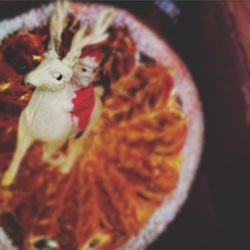 Indent ornament Indent ornament
Figurals
Ornaments that are found in odd shapes. Figural ornaments come in many shapes and sizes. These include swans, fruit, trumpets, houses, animals, flowers, tops, Christmas trees, pinecones, baskets, acorns, etc. Indent This term refers to a concave feature in the design of the ornament. Indents are decorative cavities in the body of an ornament that are shaped to reflect light and come in a variety of styles. Some are very shallow, while others are so deep that they can hold an entire Christmas scene. A lot of the indents I see come through the store are filled with miniature reindeers and Santas. Made in Poland/Poland Ornaments Polish ornaments are fairly common and they are also among the most coveted. A lot of these ornaments were hand blown and hand painted, thus, no two ornaments are exactly the same. These are mostly found in the normal ball and teardrop shapes and many have indents and glitter. If you find an original box of these, snatch them up! Mercury Glass Not a planet, but a term alluding to the silvering of an ornament (similar to how mirrors are made). Many sellers call any type of silvered glass mercury glass- WRONG! TRUE mercury glass ornaments have two walls of glass with the silvering poured in between them. Seasoned vintage Christmas dealers will know the difference. Don't be afraid to ask or do some research if you're looking for true mercury glass. Mica This one refers to sandy or sparkly flakes used to adorn ornaments. Most of the ornaments you'll come across will actually be flocked with glitter, not mica. You will find mica on Christmas village houses and vintage dioramas more than ornaments. It usually wants to shed, so be careful! Mini's or Miniatures Ornaments smaller than 1 inch diameter. Maker: Shiny Brites (mostly) Make sure not to confuse these with feather tree ornaments. Pontil/Pontil Mark The trademark sign that a glass ornament has been hand blown. A small bump is formed on the bottom or top of the piece when the process is complete. This is an indication of good quality.
Premier
A name brand ornament. They are often mixed up with Shiny Brites because of like shapes and colors. These ornaments were also popular during the mid-century era, but they are difficult to find. Putz The small Christmas village houses that often served as light covers. The colored cellophane in the windows is often broken out, but if it is perfect condition, you've got a real gem. These houses are often convered in mica that sheds easily. Shiny Brite Another famous brand of ornaments. These were very popular during the 1950s and 60s, and could be found by thousands in every five and dime across the country. These come in all shapes, sizes, and colors. Stencils Ornaments with a solid color background and decorated with a white stenciled design. West German/West Germany Ornaments produced in West Germany. These ornaments are not found in the same numbers as Poland and Shiny Brite ornaments, but are still fairly common. Most of the W. German ornaments I’ve seen are shaped as balls and bells, but also come in the form of a candy container. Theses are typically coated in black glitter and white mica snowflakes. The West German ornaments were the OG’s of Christmas ornaments. If you see an ornament marked W. Germany, grab it! WWII Ornaments that were produced during WWII. All of these ornaments had NO silvering (transparent) and were produced with paper caps because of the metal shortage during the war. I rarely see these, as they are highly collectible because of their limited production. I struggle with determining the authenticity of these if they are missing their paper tops. Sometimes the caps were replaced later. Watch out for ornaments that have simply just lost their mercury coating. A good indication is a transparent ornament with no top at all. I have a handful at the shop. One is made of beautiful cobalt blue glass. Of course, I've barely scratched the surface of vintage Christmas collecting, but please feel free to contact me, pop into the shop, or take me out for a drink to discuss the vast world of vintage Christmas! Serving It Up!
Party with these practical pieces for your holiday gatherings - by Martha Whitney Butler
Collecting Interesting Tableware
So often I find interesting tableware that you don't see gracing the modern-day table. Salt cellars and butter pats are a couple of highly collectible and functional items that a lot of people choose to collect. They come in many different designs and forms. The salt spoons are often sterling silver and can be purchased with the salt cellar or separately. Both of these things have what we call a master salt or a master butter dish. These pieces usually match and are larger than their tiny minions. If you do place these on your table, you may choose to educate your guests on their intended purposes.
I once had a dinner party where I sat out my “good” butter pats by the bread plates. As I was cleaning up afterwards, I noticed several of my guests had used them as individual ashtrays. Close, but no cigar! I don't know why I thought they would make the connection that the pats matched the master butter dish but it just did not connect at all. #Fail! Another potential fail: leaving your sterling silver salt spoon in the salt cellar! The salt corrodes the silver almost overnight, so unless you're trying to instantly antique it, remember to remove it.
Salt and Pepper Shakers
We generally have an everyday pair that we get a lot of enjoyment out of, but in a world of automatic grinders, these guys are often overlooked. For an elegant holiday table, a pair of sterling shakers would shine brightly in the landscape of tableware. To mix it up a little, use a salt cellar and an individual pepper shaker, or go with a ceramic design that matches your china or table theme.
Serving Dishes and Serving Pieces
During the busy holidays, we’re usually more focused on actually getting the food prepared than we are with how it looks on the table. We often overlook the tinfoil casserole pans and pie dishes during all the commotion, but they tend to stick out like a sore thumb among the finery. Transporting the green beans from a Tupperware container that a relative brought and into one of your beautiful Herend vegetable dishes is not a cardinal sin. In fact, that relative might want their Tupperware back before they leave!
And for heaven’s sake, don't fumble the pecan pie with inappropriate utensils. Instead, invest in a nice pie server with some character. If you really want to get serious, pair the corresponding silver pieces with the right dishes. For example, asparagus tongs with asparagus and a tomato server with tomato slices. These odd pieces are both fun to collect and very useful. Use this time of the year to add some intriguing pieces to your collection. I guarantee that you will bring them out for every special occasion and celebration. Put a sterling silver fork in it and be done! Man-tiques
From industrial salvage to pin-up pics, find out what revs his engine!
- story and photos by Martha Whitney Butler
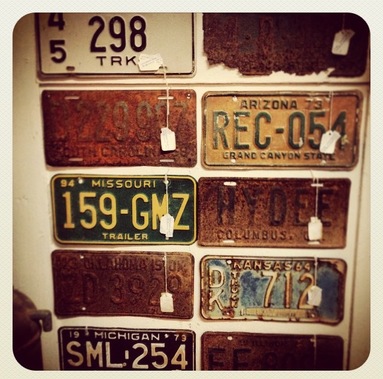
We don't get rid of the feminine aspects of our selection, we just level the playing field a bit. So what do men want? I'm still trying to find that answer in regards to everything but antiques.
The most common item that men purchase in my shop has to be old license plates. I could sell them all day. Whether they're putting them on hot rods or hanging them in man caves, I know they're a guaranteed sale. Architectural salvage such as door knobs, handles, and faucets are another hot item. With all the restoration going on in this area, the prevalent DIYer finds himself in my shop buying parts to restore or repair household items – the ultimate man boost. Nautical items such as paddles, portholes, and buoys make excellent man cave decor. One of my male customers buys broken paddles because his grandfather had a collection of them. Every time I get one in, I set it aside for him. I love his enthusiasm for collecting so much that I even let go a special pair of my own wooden paddles so he could add them to the rest. Now of course we sell a LOT of pin-up related items. I have two customers that I call immediately when I get a Vargas girl print. I sell several books about pin-ups and I sell most of them to women who are buying them as gifts for their men. Nothing says "Merry Christmas" like a vintage Vargas! Magnolia Antiques has a pin-up poster of famous burlesque queen “Cat Girl” Lilly Christine for sale. Lilly performed her trademark voodoo love-potion dance at Prima’s 500 Club and other clubs on Bourbon Street in New Orleans from the late ‘40s until her death in 1965 at age 41. She posed as a pin-up, had minor parts in Hollywood films and even did her act on Broadway. Burlesque aficionados aren’t alone in finding fascination with these historic beauties!
Your man needs something to read while you're trying on clothes. The key to a man's heart may be through his stomach, but the key to his mind is an interesting book. Audubon books top the list of my best-sellers, sailing books are a close second, and Hemingway's novels have to be third. They're fascinating and they don't look bad on a coffee table either.
One of my dealers (people who sell things out of my shop) is known as "Mantique Dan." You'll probably recognize his name because he's in several shops around town. Dan has a cult following of men (and women) who make a beeline to his booths to search for tools, primitives, and industrial salvage. He's got a little bit of everything and if you catch him at a shop, he'll deal with you all day long. He's been an antique dealer on the coast for several years and has built quite a reputation for being a purveyor of mantiques. If you're looking for tools, salvage, railroad items, brass findings, or really anything – Dan's got it, and he's everywhere. Whether you're shopping during Cruisin' or getting a head start on Christmas shopping, hit up the local antique shops to find things that make them swoon. The Art of the Afterlife
Should objects have a chance at reincarnation? According to many local artists, absolutely!
- by Martha Whitney Butler
 by artist Vicki Niolet by artist Vicki Niolet
Many local artists use these found objects in their artwork. Spencer Gray at Gallery 220 puts together whimsical, cartoonish sculptures. Locals like me are thrilled when we see a piece he received or purchased from us incorporated into his sculpture. Joanna Slay, also at Gallery 220, uses broken pieces of pottery and china to create beautiful mosaics.
Artist and entrepreneur Vicki Niolet blows my mind with the pieces she creates. Even her jewelry lines center around broken clock parts and re-purposed found objects. You can find them at Bay Emporium, and if you're lucky, you can catch her shopping around town with a bag of newly purchased doll parts in tow. At The French Potager, jewelry designer Maureen Blanchard tastefully puts everything from Bakelite belt buckles to Victorian-era jet together to form magnificent, wearable pieces of art. Most of her pieces were summoned out of her "Katrina pile" where her shop once stood. I even dabble a bit in the art of found objects. As an antique dealer, it gives me much pleasure to find a purpose for the things that have been retired from function. Artist Lori Gordon made a name for herself with the Katrina Collection, a group of assemblages that she produced from her collected objects post-Katrina. Pieces of that collection have found their way onto the walls of many celebrities and local art enthusiasts. Perhaps one of my favorite collections of reformed broken china pieces is Patti Fullilove's mailbox. I'll never forget turning into her driveway (I definitely knew which one it was) and seeing the menagerie of meaningful pottery shards and occupied Japan figurines hot glued onto the mailbox. I couldn't take my eyes from the splendor. I knew it meant so much to her, and I knew she could tell me the provenance of each piece. So while these broken things meant a great deal to their owners or former owners, discarded they've found an even deeper meaning. The soulful re-purposing that a second life brings gives us all cause to carry on. William Spratling: the Man and the Movement
This month, a look at how one man generated a design movement in Mexico that's still going strong nearly a century later.
-by Martha Whitney Butler
That same year, he embarked on his first trip to Mexico, which became a routine summer getaway for him (and provided a lecturing gig at the University of Mexico) until he succumbed to the country's charms and relocated in 1929. He quickly fell into the Mexican equivalent of the French Quarter artist crowd where he aided famous muralist Diego Rivera in securing the first showing of Mexican art in the U.S.
Nudged by U.S. Ambassador Dwight Morrow, he visited the town of Taxco, which had been the site of silver mines for centuries, even though it was not particularly known for producing silver objects and jewelry. It was here he decided to set up his studio, Taller de las Delicias. Keep in mind that Spratling was not known for being a silversmith, but for being a designer. His business model was based on employing native silver- and goldsmiths to produce his designs which were primarily inspired by pre-Colombian motifs. The production of these designs extended from tin and copper items to textiles and furniture as other craftsmen were employed. His growing enterprise surpassed his expectations and paved the way for many up and coming young silversmiths and artists. Taller de las Delicias gave these artisans an opportunity to develop their craft and led them to open their own shops with the support and encouragement of Spratling - thus spurring the movement we know today as the Taxco Movement.
The pieces that were born of this era proudly boast the hallmark TAXCO, as well as the maker’s hallmark, which Spratling insisted each artist develop. He said in his autobiography, "Worthwhile silver requires that it be identified with the name and reputation of its maker."
Spratling's earliest silver jewelry designs were stamped with a hallmark that replicated the brand he used for his horses. Just a few years later, around 1933, Spratling developed the structure of a hallmarking format that he followed until his untimely death in an automobile accident in 1967. He spent over thirty years developing his craft and the craft of the Mexican silver movement and his designs fetch record prices in antique shops and auctions. You may recall the Spratling earrings I mentioned in last month’s article. When I mentioned them to a fellow collector, I was promptly asked how much I wanted for them. Needless to say, I couldn't give them up. Sometimes a girl’s got to have nice things. Six Degrees of Spratling
Local antiques expert Martha Whitney Butler shares her knowledge of all things old, collectible and bizarre in this column. This month, a look at how Bay St. Louis figured into one of the most exciting art colonies in history, with connects to Frida Kahlo!
William Faulkner fled from his demons to Waveland for two months, only to be greeted with a jug of whiskey from his sweet neighbors (click here for article about Faulkner's short sojourn in Waveland).
A.B. Dinwiddie, the president of Tulane University, has deep roots in the Coast having several relatives whom he frequently visited. Also, John Dinwiddie, president of the Tulane School of Architecture haunted the area and his descendants still live here today - one of whom co-owns Smith & Lens Gallery (photographer Ann Dinwiddie Madden). Among these great innovators and artists was William Spratling, the architect who all but created a design movement in Mexico and popularized the Taxco silver style in the U.S. and in Mexico.
I've always been amazed at how many pieces of Taxco I see in this area, and now I know why. Spratling was part of a group of Tulane architecture students who left the field to become artists. Almost all of them became renowned designers and artists, starting movements right out of the French Quarter. Several people on the coast own Spratling pieces. This lucky writer happened to pull a stunning pair of Spratling Starfish earrings out of her pile of neglected jewelry. Don't worry - they were promptly shined and adorned the minute the mark was discernible through the loop! Not to dig too deep into Spratling (we'll save that for another column) but let's go back to Frida's connection... 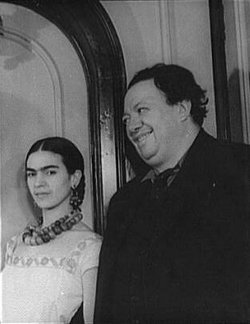
Spratling was very good friends with both Faulkner and Bein. Spratling often visited Bein's Bay home when he returned to the States during his twelve year sojourn in Mexico.
While he was in Mexico, Spratling surrounded himself with the artistic cream of the crop- one of those being Diego Rivera. Rivera acquired several pieces of Spratling silver for his lovely wife, Frida Kahlo. So therein lies our connection, albeit very far-fetched, to the talented Mexican artist. She and her husband rubbed elbows with some of our people and because of that we feel like we're basically BFFs. Learn more about Spratling Silver in my upcoming August article! Child's Play
This month - a look at how to incorporate vintage games into your decor for pivotal punch!
- by Martha Whitney Butler
A stack of colorful board games can serve the same purpose of a stack of books in regards to display. Use a small stack of travel-sized games to define height when displaying items in your home. A bookshelf arranged by colors can easily be balanced by a small collection of colorful litho-tin canisters.
Black and white wooden dominos make for interesting fillers in bowls and vases as do colorful marbles. The ONE thing I allow myself to collect is vintage marbles. Not only do they not take up a lot of space, I can use them to fill bottles, vases, and even pull the Chinese checker board off of the wall and play. Give some thought into displaying your collection in a vignette. Like items arranged together in a variety of positions and heights can really show of your collection. Don't stuff it all into a China cabinet and call it a day. Get creative! So before you pack those board games away for a rainy day, reevaluate their potential and see if they can be incorporated into your home's décor! Flower Frogs - a Princely Device
They come in all shapes, sizes, and designs and are sought out by collectors all over. So what is their purpose in this world? They're here to help!
- story and photos by Martha Whitney Butler
Japanese Ikebana arrangements using flower frogs at the French Potager
"What is that thing?" It's a common question in my shop when customers spy a flower frog. They come in all shapes, sizes, and designs and are sought out by collectors all over. So what is their purpose in this world? They're here to help! Even the most accomplished floral designer employs the aid of a flower frog from time to time. They assist in the design of vase arrangements and are widely used in the Japanese art of floral design, Ikebana. Flower frogs are placed in the bottom of a vase or container. Their holes, spikes, or cages hold individual stems in place while the maker manipulates the flowers into the desired design. 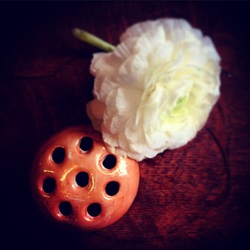 Vintage Lusterware frog made in Japan Vintage Lusterware frog made in Japan
The use of flower frogs dates back to the 16th century, but were most popular in the 1920s-40s. They were pitched as helpful aids for housewives who had trouble arranging flowers in their home. While there are several beautiful types of practical and figural frogs, the Japanese Kenzan (translation: "spiky mountain") remains my preference.
The Kenzan, made of lead and brass, consists of a multitude of metal spikes that secure the flowers. They are widely used in Ikebana arrangements, but I also put them in any container that is shallow or awkward. They are the most practical to work with and they come in a variety of shapes and sizes. When your cage, glass, and spiky frogs are the most common, it's certainly a treat to stumble upon an ornate figural frog. These are highly collectible and run fairly high price-wise. If you're looking for a practical collectible that doesn't take up a lot of space and is aesthetically pleasing, give flower frogs a try! You can seek them out in almost any antique shop in Hancock County. Happy hunting! Atypical Tintypes
by Martha Whitney Butler
- this month, meet Michael N. Foster, who's reviving an earlier art form with a contemporary twist!
I had the pleasure of hanging out with "The Tin Man," as I affectionately deemed him, while he visited. I made sure to accompany him to the local Waffle House with friends after a fun night at Smith & Lens Gallery where he prepared for his shoot. Owners Ann Madden and Sandy Maggio showed him the town, all the while mentally preparing him for his upcoming fame in Bay St. Louis. They had a feeling that he'd be booked solid the next day at Arts Alive! with so many spirited art patrons crawling the streets.
Yours truly was his first appointment. I'm surprised I made it after a night that involved a Waffle House appearance, but I had been practicing my pose for a week and I was dedicated to my a.m. time slot. Here is the fantastic result:
I caught up with Michael after Arts Alive! to get the layman's lowdown on his sorcery. Here's how he explained it:
"The process is called 'wet-plate collodion process' and depending what you are shooting on, glass or metal, it's either an ambrotype or tintype. I process the plate, sensitize it, and process it in a dark room. When you do this, you're creating a layer of film to take the picture on. I use aluminum to back the photos and just put the plate in my camera to take the picture." Simple, right? This process dates back to the mid-1800s and was discovered by Frederick Scott Archer. In the antique world, these tin types are a hot commodity. When I asked him about his stay the Bay, I could sense the excited exhaustion in his tone, "It was awesome! I honestly left feeling like I knew everybody. Y'all were such a joy to be around. I was thoroughly surprised by the art scene in Bay St. Louis and it was one of the busiest sessions I've had."
After a day of shooting some of the most interesting characters in town, including the ladies of The Raw Oyster Marching Club, Foster produced a bevy of cathartic images of a community draped in beauty and bursting with intrigue. He's planning to return to the Bay for a photography project featuring The Raw Oyster Marching Club.
I knew it wasn't an ordinary photograph. I understood that it was a chance to perhaps find myself sitting on the shelf of a quaint antique shop one day, sparking the intrigue of passersby and eventually moving on to a new venue. I could travel in this portrait. There's no telling where I will end up. It is my vessel through years and years of inevitable time. I'm bound to this earth by a photograph that captured my soul - and I am okay with that. Junk In Your Trunk |
| We have a saying in the antique business: "It's only worth what someone will pay for it." That phrase usually passes over my lips once a week, mostly when I'm attempting to educate someone who is seeking my advice on selling an item. The fact is, the sentiment you attach to Grandma's depression glass might not fetch the wealth you'd imagine at auction. On the brighter side of things, if it happens to be a rare piece of Anchor Hocking, then you might have something on your hands. | Vintage Vignette |
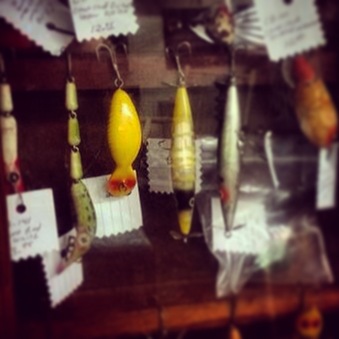 Primitive Lures at Antique Maison
Primitive Lures at Antique Maison The best resource to find out how much your antique item is worth is your local antique store. Most of the time they are happy to look at your item and tell you it's history. But please call and schedule an appointment first! Some shops offer this service for a nominal fee, and include printed information and resources. You can also schedule an appraisal for items of high value. Please do not show up at a store on a busy Saturday and ask the owner to abandon their post to come view something in the trunk of your car. That's so Ted Bundy.
 Time After Time at Bay Emporim
Time After Time at Bay Emporim Any reputable antique dealer will offer you a fair price for your object, but be warned: this offer only stands in that moment. While you do reserve the right to shop around for the right buyer, remember that you're dealing with a tight-knit community of antique enthusiasts where phone calls are faster than feet. So if you're courting all of the shops on the same street, chances are the shop owners know who you are and what you're selling before you even walk through the door. Much like the dating world, you might get the cold shoulder in a situation like this.
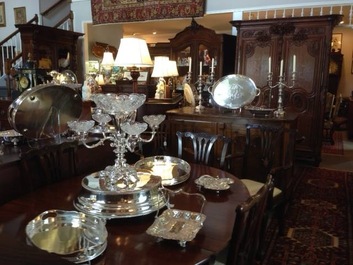 Countryside Antiques
Countryside Antiques TIP: When viewing items on eBay, select "Sold Listings" to see what the item has actually sold for. To calculate an idea of value, average the lowest and highest sold items. By doing this, you can determine a (very superficial) fair market value. If you find the items on auction pages, some will reveal the selling price of an object. You may look at predicted auction prices to get a broad scope, but in reality- it's only the selling price that counts.
You must remember that your items matter most to you, and if you have any hesitation to sell, then don't. No dollar sign will ever replace the regret of hocking a piece of a loved one or a special memory. If you do have items to sell, call your local antique stores to schedule an appointment for viewing. See the the Cleaver's exclusive Bay-Waveland Antique Directory for local stores.
This month - Sailor's Valentines: These sentimental souvenirs made from shells were a hot commodity at Caribbean ports of call in the 1800s - now they're hot collectibles.
Seduced by the Sea: | Vintage Vignette is sponsored by |
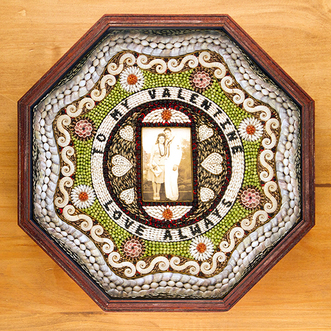 contemporary piece by artist Bill Jordan
contemporary piece by artist Bill Jordan He'd been out on the open sea chasing Moby Dick around for two years and I'm sure he smelled delightful. The conversation probably went something like this: "How are... things? Oh, by the way, I brought you back this nifty decorative seashell thing.”
The "Valentines" were comprised of tiny indigenous shells assembled in intricate patterns — including hearts, flowers, and nautical themes — and then set into octagonal boxes. Some designs even left room for a photo. The shell mosaic was encased in glass and the box then folded and clasped (most commonly with a heart) to allow for safe traveling.
These manifestations of true love are referred to as Sailor's Valentines. Sounds pretty romantic, huh? These seashell trinkets were supposed to help make up for all the years of missed holidays, pivotal moments, and emotional solitude — in addition to unbridled longing and frustration.
Of course, could you ever imagine a sailor on the madly heaving seas steadily crafting a perfectly symmetrical, color coordinated, shell creation that had "Thinking of You" spelled out in tiny seashells? Not saying it couldn't happen... but no, it didn’t. This rumor was developed in the 1930s by antique dealers who made a very optimistic assumption based on the nomenclature of this item. Face it, “LOVE” sells.
Now, thanks to decades of false advertising, it's a common misconception that sailors actually put effort into creating these shell-encrusted crafts. No. They were too busy flirting with the super-hot chicks from Barbados who actually did craft them.
As the whaling industry began to decline, so did the sales of these creations. However, the art form remained popular and became a fun hobby for 19th century housewives everywhere. Although the true Valentines remain those of the octagonal diptych variety, the cover-everything-in-seashells movement has extended throughout time, producing many items now deemed Sailor's Valentines. Despite what this extremely biased and bitter article says about these beautiful creations, the originals are actually worth quite a bit of money these days. Some fetch thousands of dollars.
Basically, these things were the gas-station-rose-in-a-glass-tube of their day. But let's face it, women haven't changed through the centuries. We're still generally thrilled to get any gift from a man. Most of us are happy if we even get a box of four paraffin sugar bombs brandishing a washed-up Looney Tune and we'll devour those chocolates before the box is open all the way.
To read more about Sailor's Valentines, click here for Bill Jordan's blog.

Women’s fashion has always been, and I assume will always be, an ever-changing event. A moveable feast of colors, cloths, and even constraints, fashion is often a testament to the times that allows us to gain insight on the daily lives of our historic heroines. While what we wear represents our personality, line of work, or sense of style, it is what we wear under the entire attire that best tells our story.
Did you know that women have been wearing bras for over six hundred years? Other types of torture devices have also made an appearance throughout women’s history. With the invention of corsets, women were able to cinch their waists and mutilate their bodies to fit into a fantastic array of heavily layered fabrics that became known as the dress. This process was very harmful and led to numerous miscarriages and dramatic fainting spells. Believe it or not, we still use them, perhaps not daily, but for special occasions.
Over the years, fashion changed and women began to show a little more skin, paving the way for loosely-fitting and more comfortable clothing. With the advent of the ankle came the necessary movement to cover it up in a discreet but still presentable manner. Once something unseen, silk stockings began to be boasted outside of the boudoir. Skirts began to get shorter and shorter and fringy flappers were forced to rethink their bulky bloomers. Nylon paved the way for tight and form-fitting undergarments and clothing followed suit. While some women still preferred the older more conservative styles, the younger generations refused to go back to the “granny panty”.
Underwear turned to outerwear for some as lingerie-clad women gained popularity in certain publications. At present, it sometimes looks as though some women have jumped from the pages of these magazines and are parading the streets as we speak. Most of the time, women are harboring some kind of satin secret whether it be a push-up bra or thong underwear. Currently, ladies are blessed with the miracle of Spanx, the existing garment of choice that has more comfortably replaced the corset.
It’s amazing to look back and see the evolution of the daring feats of fashion, but it is more important to question what provoked these changes. Did the changes in women’s rights have an effect on our undergarments? Certainly our fashions reflect political and social changes, but we still manage to maintain our femininity. As more and more women began to “wear the pants” in their households, I believe it is safe to say that we’re all still wearing the panties.
Categories
All
15 Minutes
Across The Bridge
Aloha Diamondhead
Amtrak
Antiques
Architecture
Art
Arts Alive
Arts Locale
At Home In The Bay
Bay Bride
Bay Business
Bay Reads
Bay St. Louis
Beach To Bayou
Beach-to-bayou
Beautiful Things
Benefit
Big Buzz
Boats
Body+Mind+Spirit
Books
BSL Council Updates
BSL P&Z
Business
Business Buzz
Casting My Net
Civics
Coast Cuisine
Coast Lines Column
Day Tripping
Design
Diamondhead
DIY
Editors Notes
Education
Environment
Events
Fashion
Food
Friends Of The Animal Shelter
Good Neighbor
Grape Minds
Growing Up Downtown
Harbor Highlights
Health
History
Honor Roll
House And Garden
Legends And Legacies
Local Focal
Lodging
Mardi Gras
Mind+Body+Spirit
Mother Of Pearl
Murphy's Musical Notes
Music
Nature
Nature Notes
New Orleans
News
Noteworthy Women
Old Town Merchants
On The Shoofly
Parenting
Partner Spotlight
Pass Christian
Public Safety
Puppy-dog-tales
Rheta-grimsley-johnson
Science
Second Saturday
Shared History
Shared-history
Shelter-stars
Shoofly
Shore Thing Fishing Report
Sponsor Spotlight
Station-house-bsl
Talk Of The Town
The Eyes Have It
Tourism
Town Green
Town-green
Travel
Tying-the-knot
Video
Vintage-vignette
Vintage-vignette
Waveland
Weddings
Wellness
Window-shopping
Wines-and-dining
Archives
July 2024
June 2024
May 2024
April 2024
March 2024
June 2023
March 2023
February 2023
January 2023
December 2022
November 2022
October 2022
September 2022
August 2022
July 2022
June 2022
May 2022
April 2022
March 2022
February 2022
January 2022
December 2021
November 2021
October 2021
September 2021
August 2021
July 2021
June 2021
May 2021
April 2021
March 2021
February 2021
January 2021
December 2020
November 2020
October 2020
September 2020
August 2020
July 2020
June 2020
May 2020
April 2020
March 2020
February 2020
January 2020
December 2019
November 2019
October 2019
September 2019
August 2019
July 2019
June 2019
May 2019
April 2019
March 2019
February 2019
January 2019
December 2018
November 2018
October 2018
September 2018
August 2018
July 2018
June 2018
May 2018
April 2018
March 2018
February 2018
January 2018
December 2017
November 2017
October 2017
September 2017
August 2017
July 2017
June 2017
May 2017
April 2017
March 2017
February 2017
January 2017
December 2016
November 2016
October 2016
September 2016
August 2016
July 2016
June 2016
May 2016
April 2016
March 2016
February 2016
January 2016
December 2015
November 2015
October 2015
September 2015
August 2015
July 2015
June 2015
May 2015
April 2015
March 2015
February 2015
January 2015
December 2014
November 2014
August 2014
January 2014
November 2013
August 2013
June 2013
March 2013
February 2013
December 2012
October 2012
September 2012
May 2012
March 2012
February 2012
December 2011
November 2011
October 2011
September 2011
August 2011
July 2011
June 2011

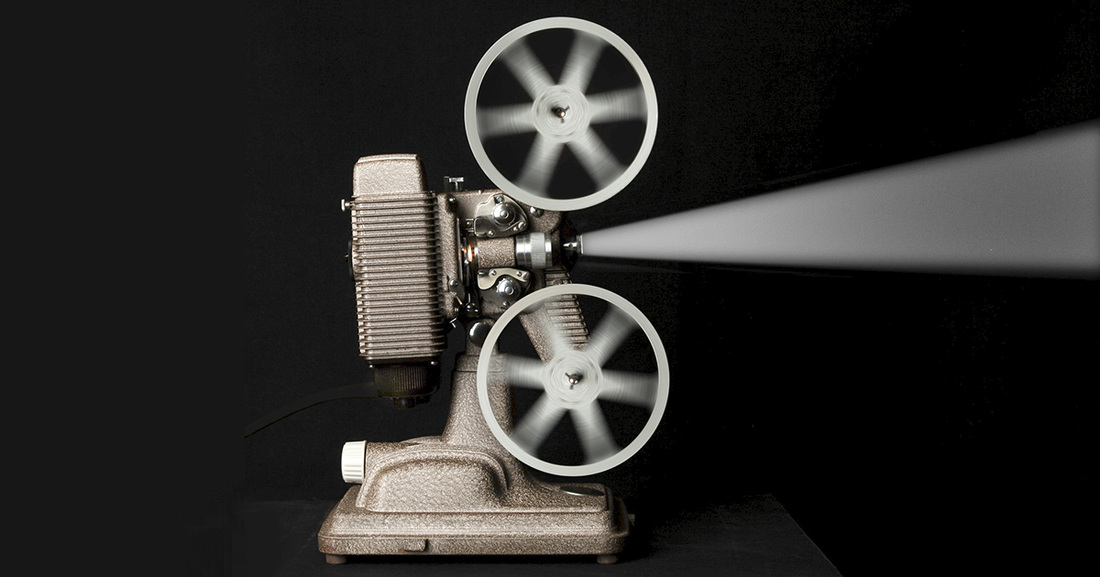
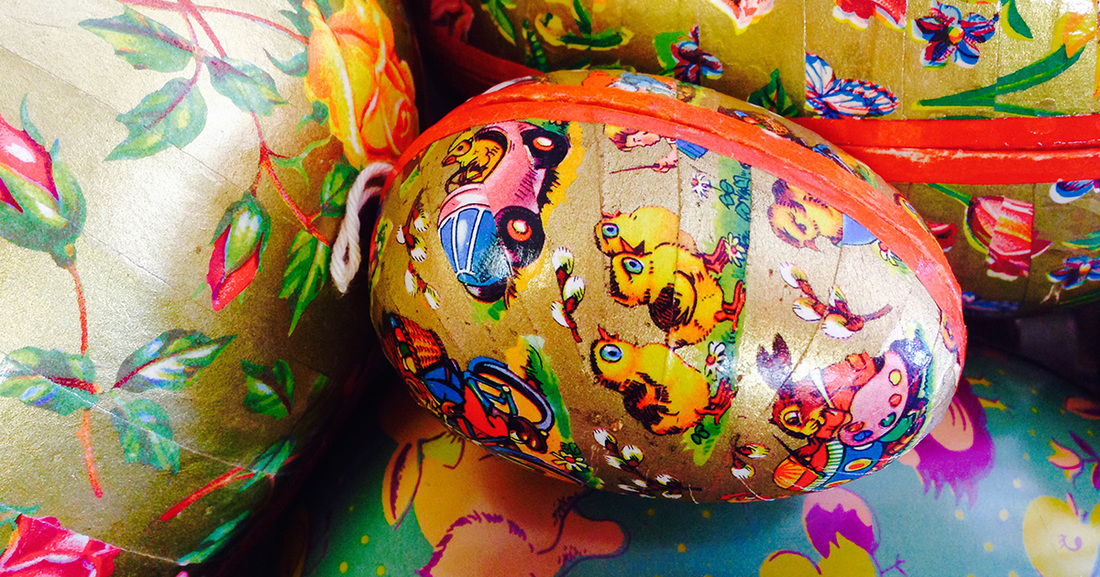
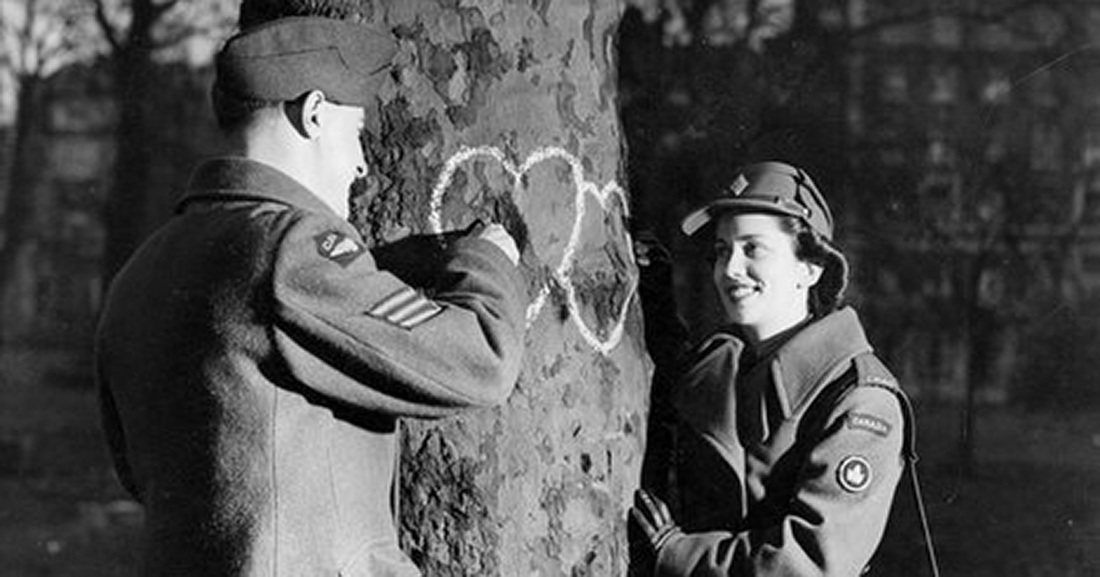
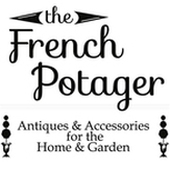
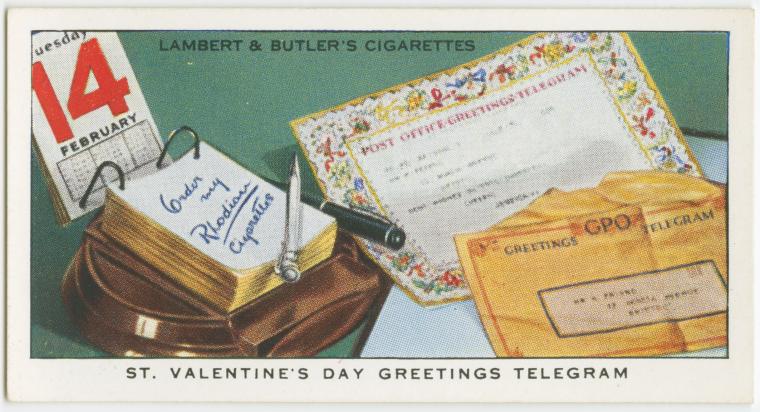
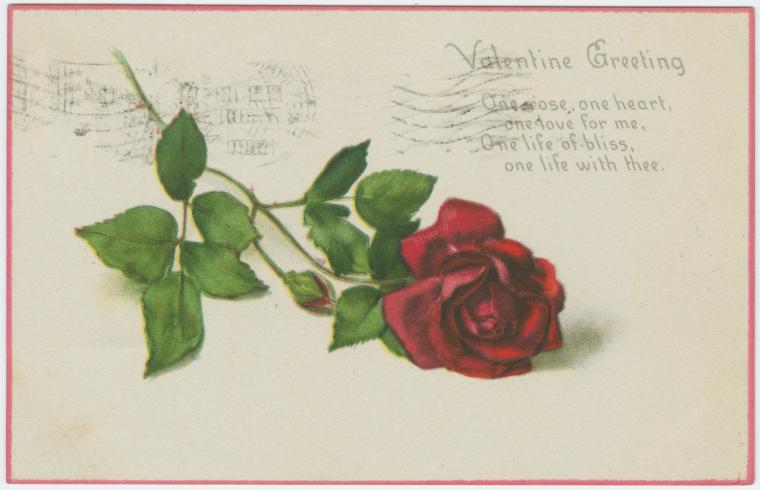

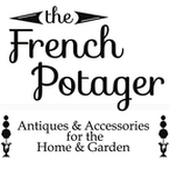
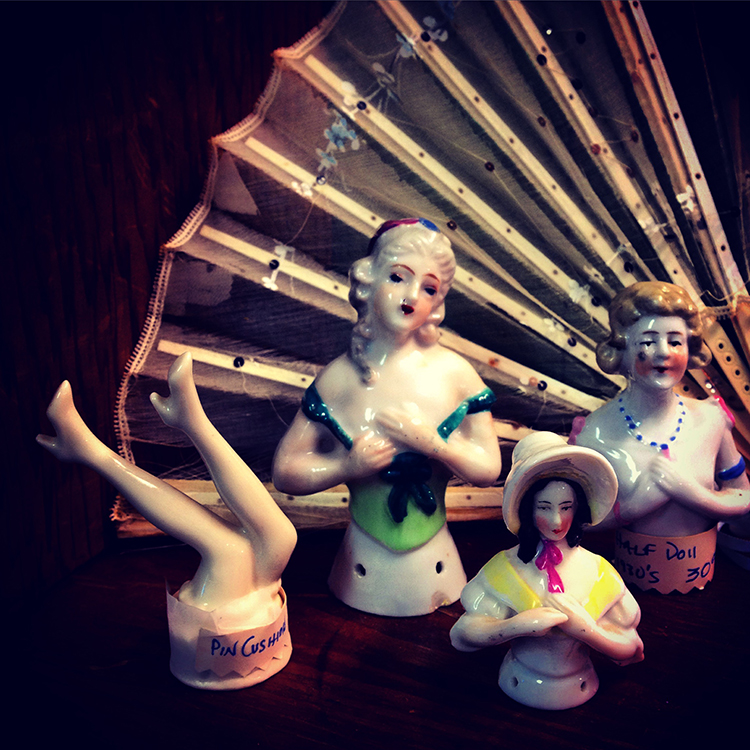
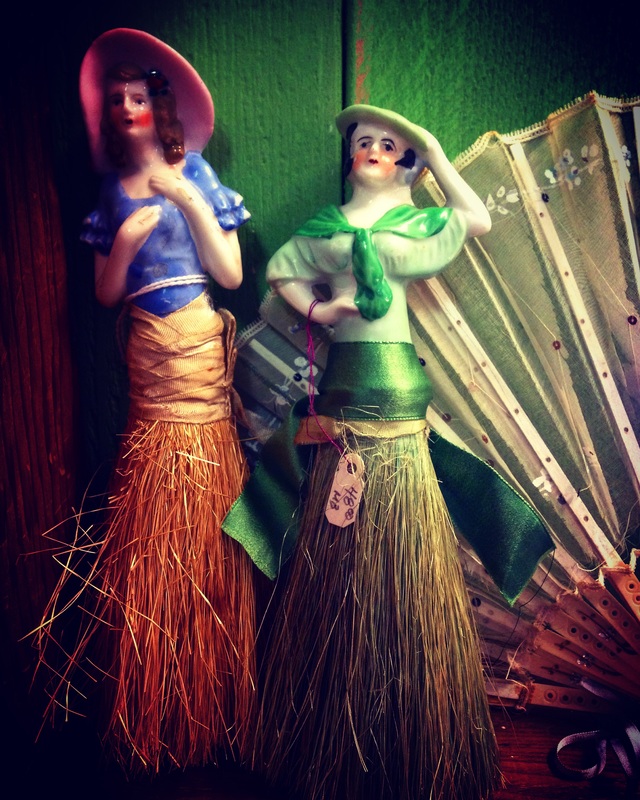
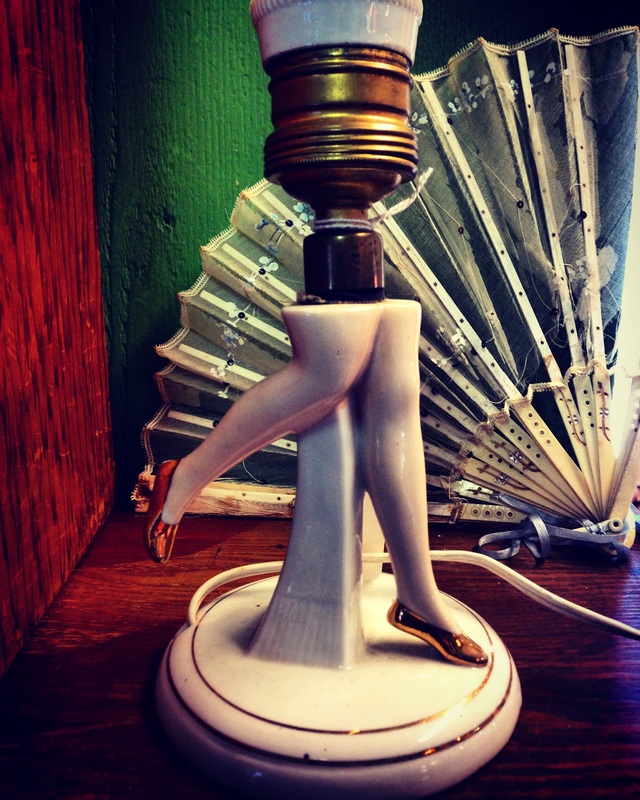
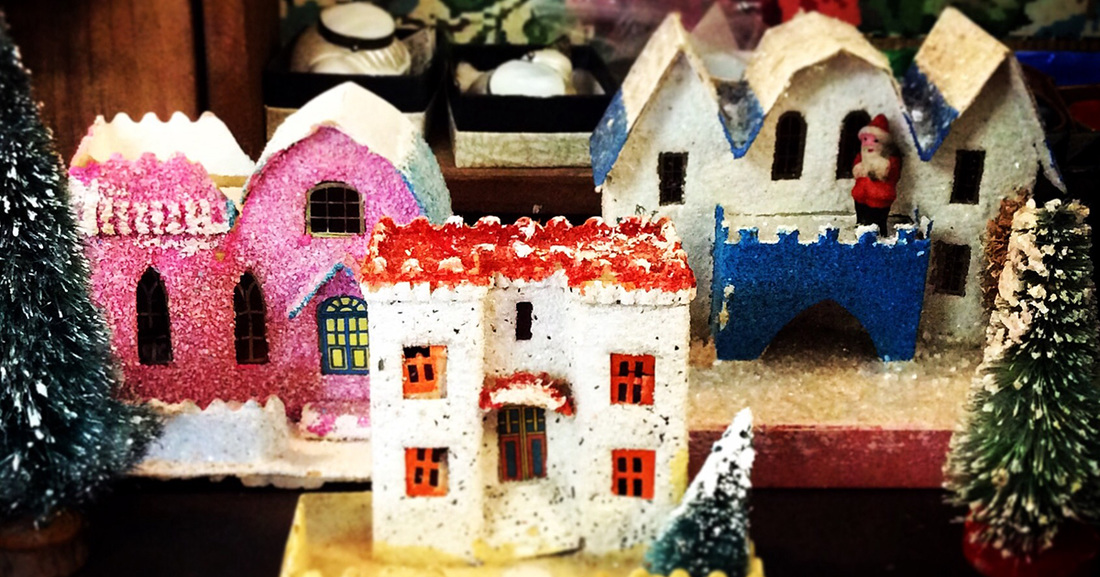
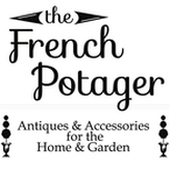
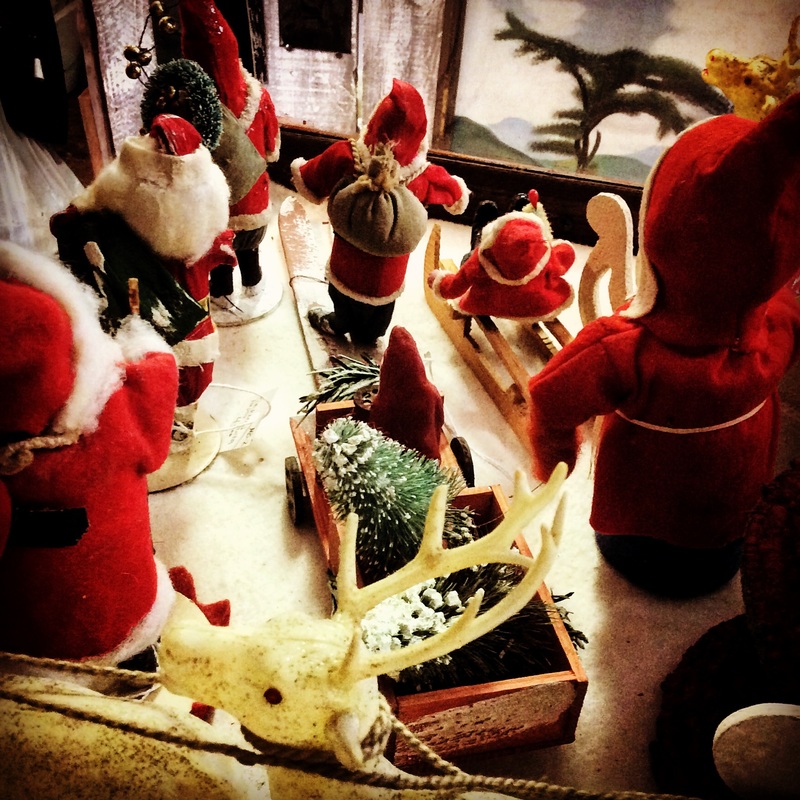
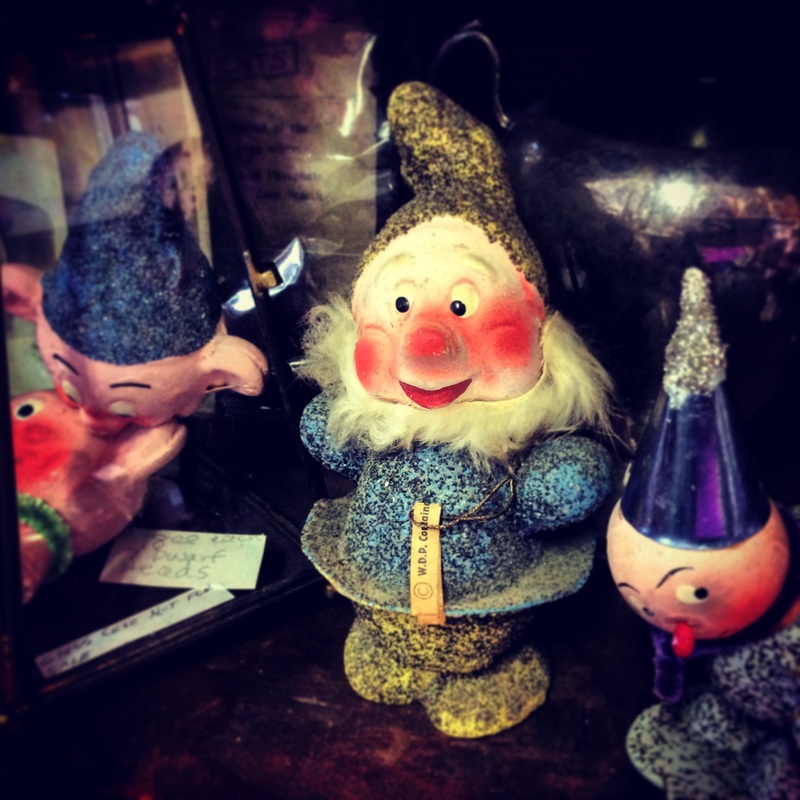
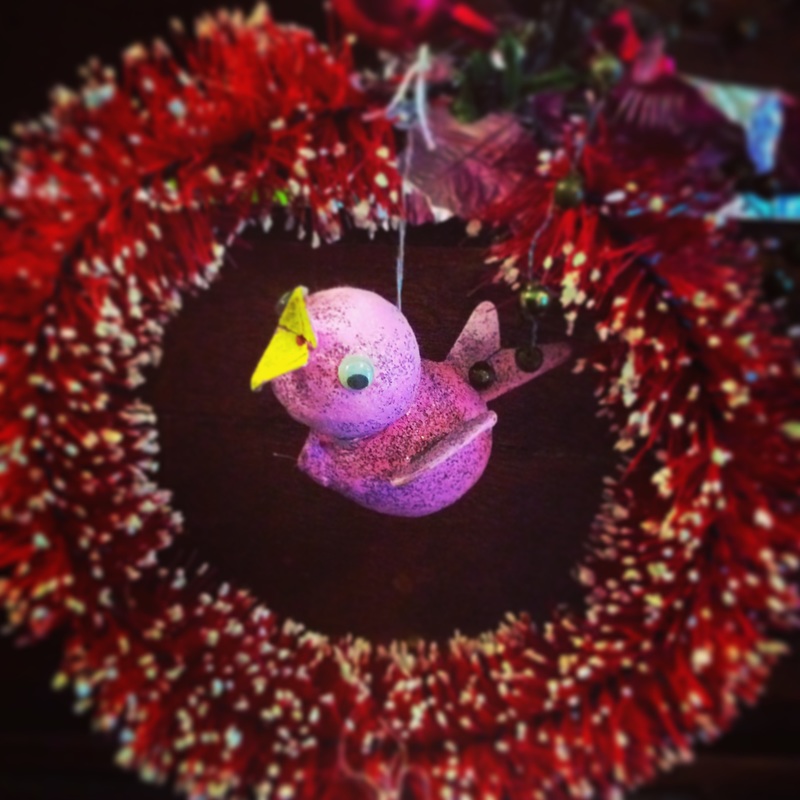
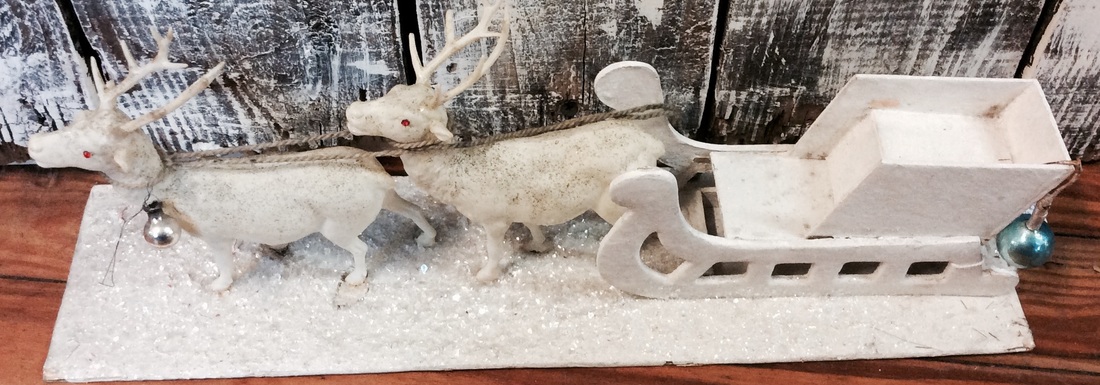
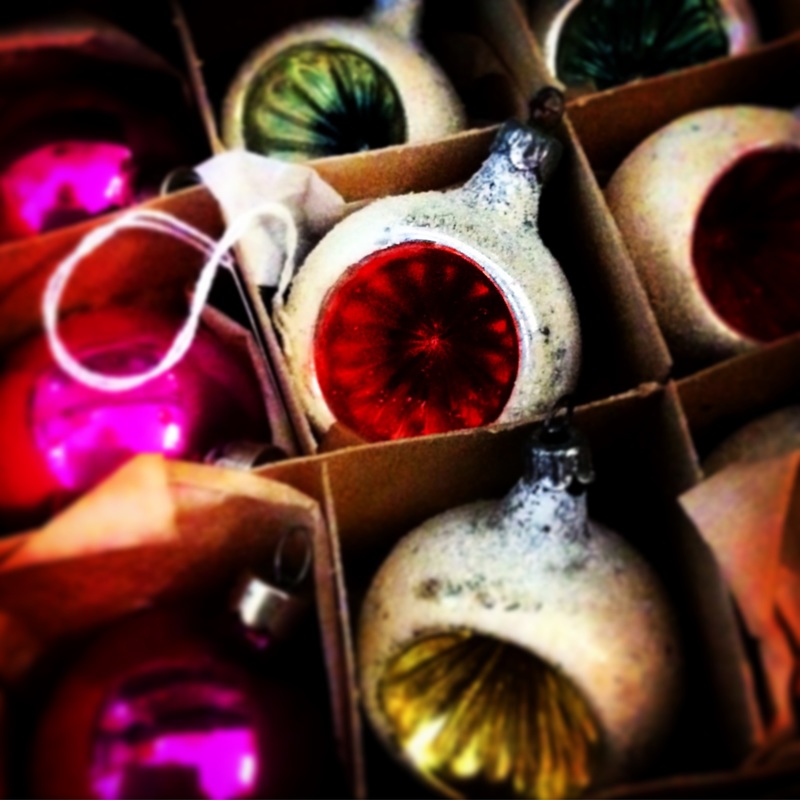
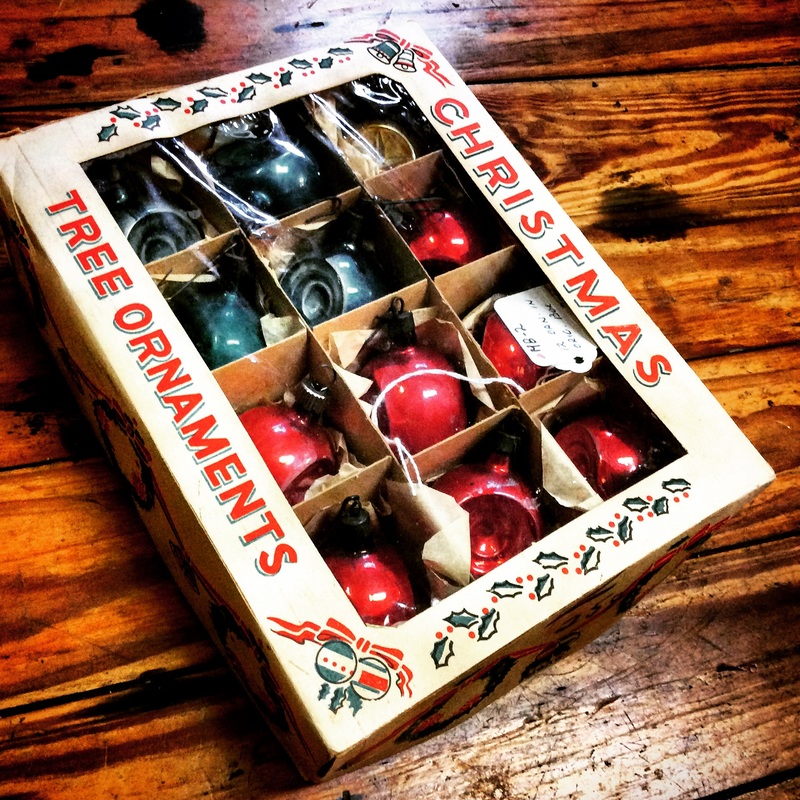
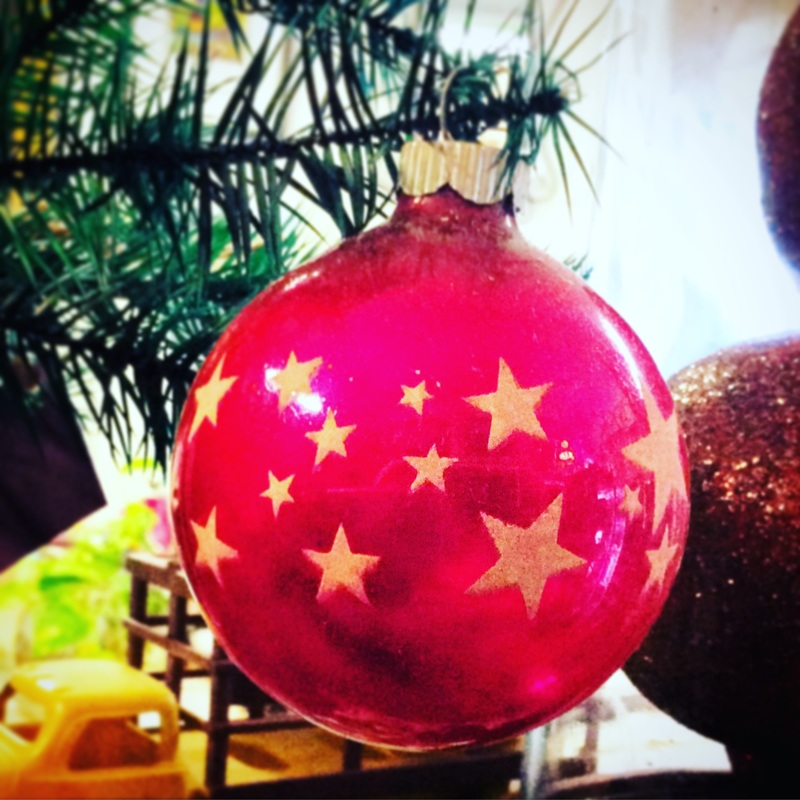
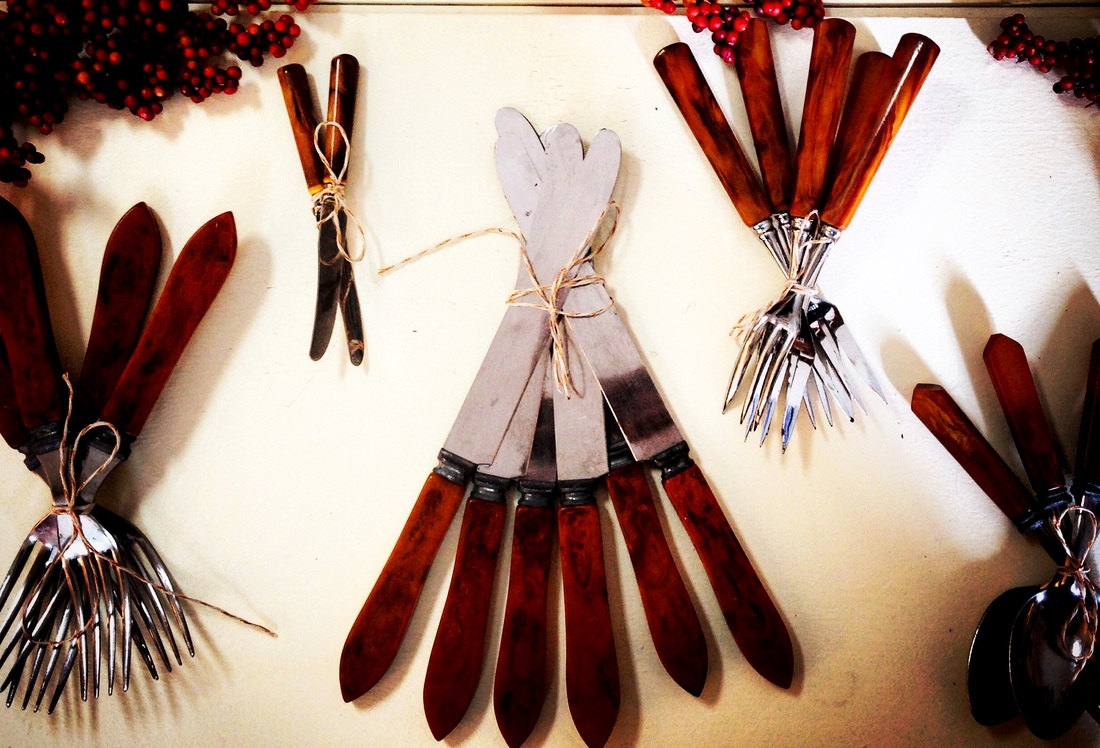
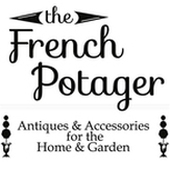
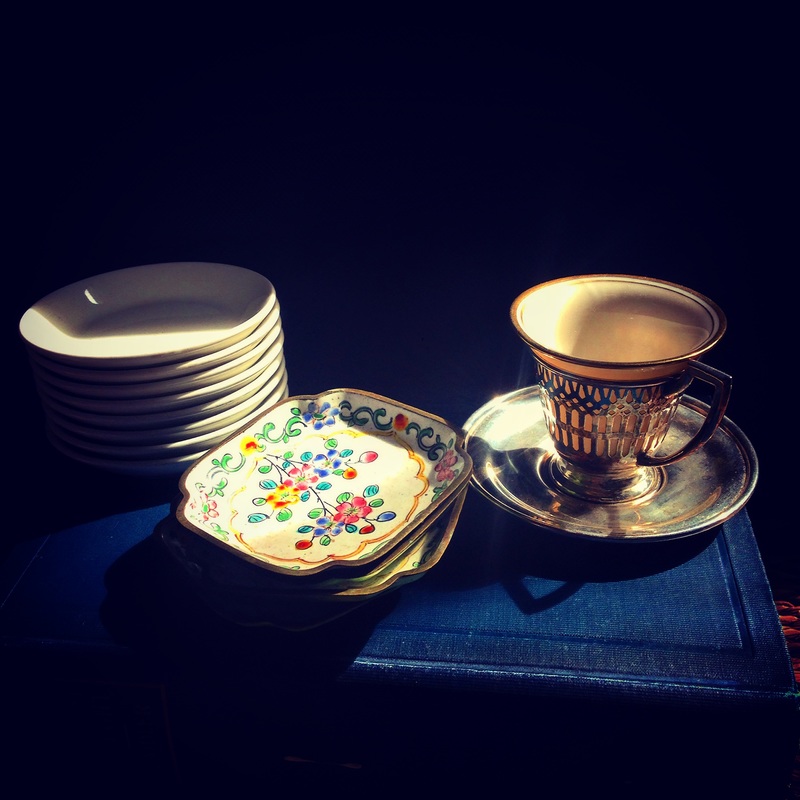

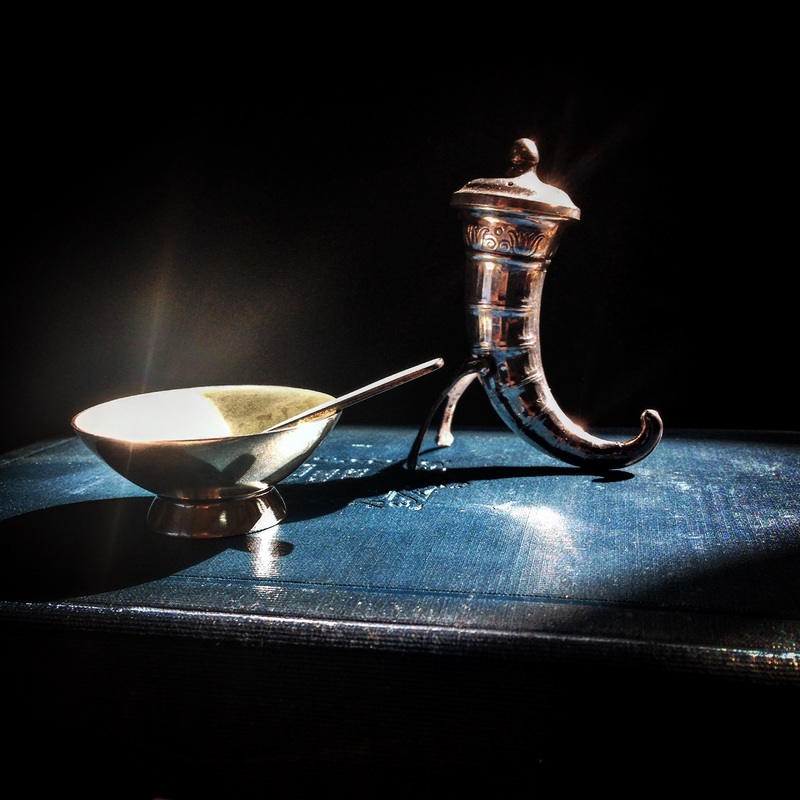
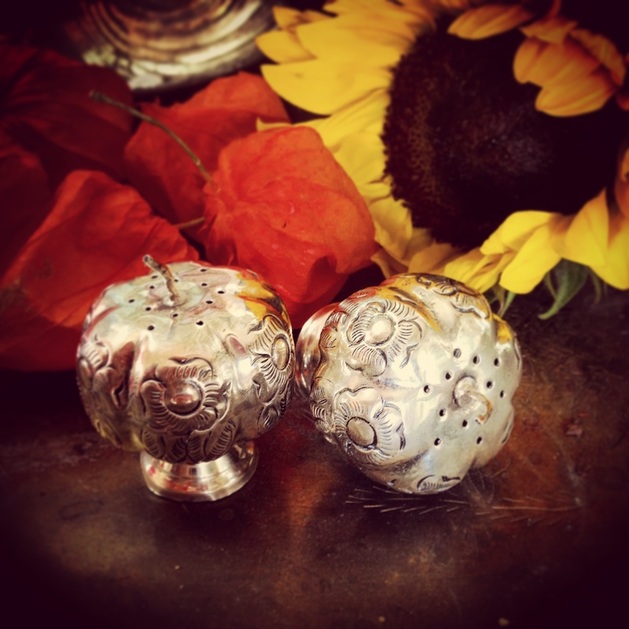
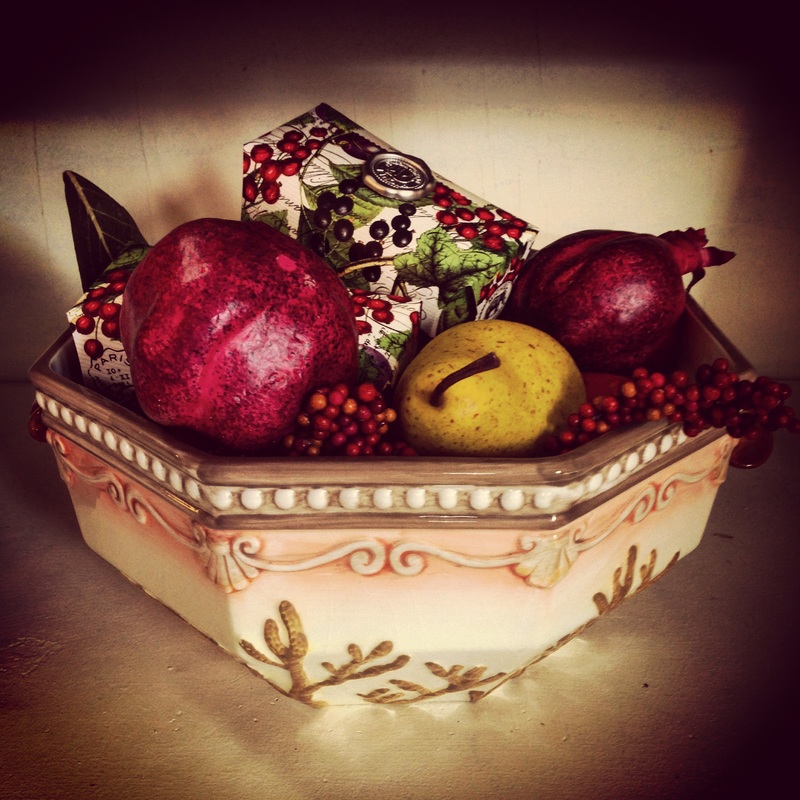
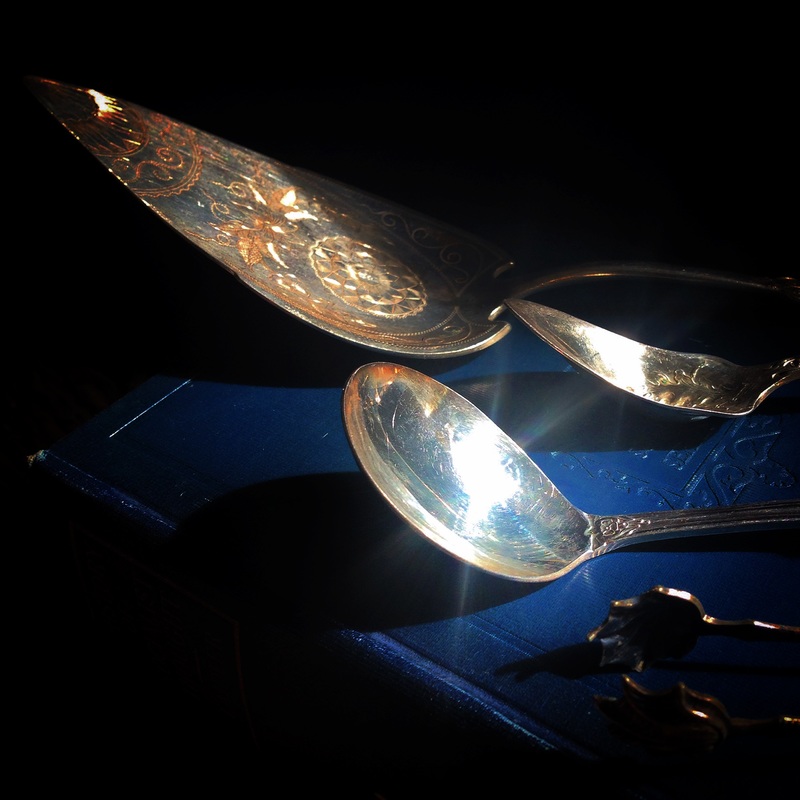
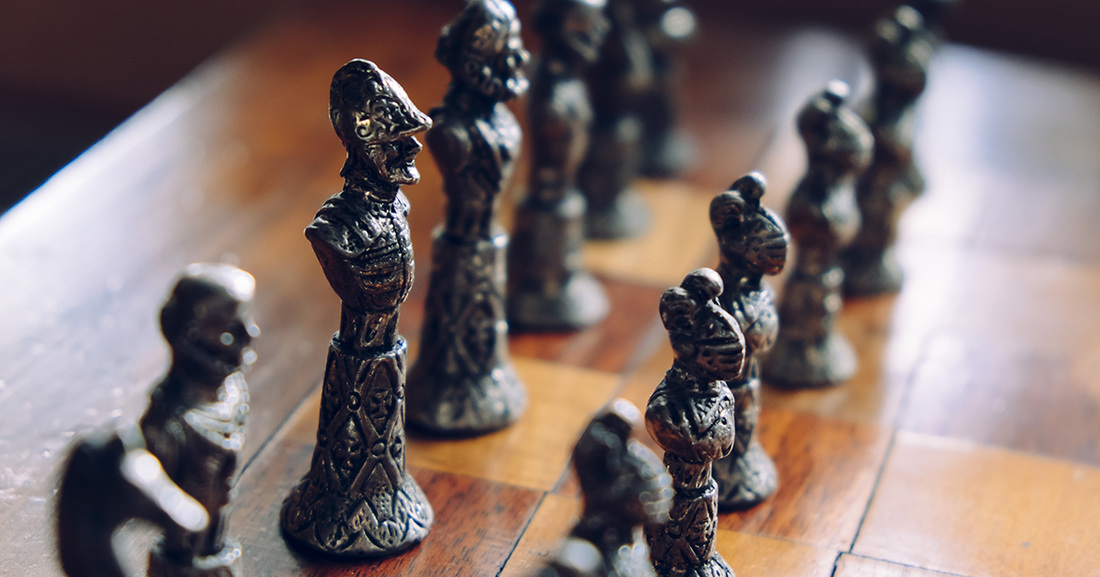
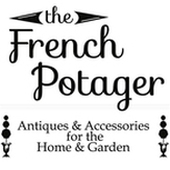
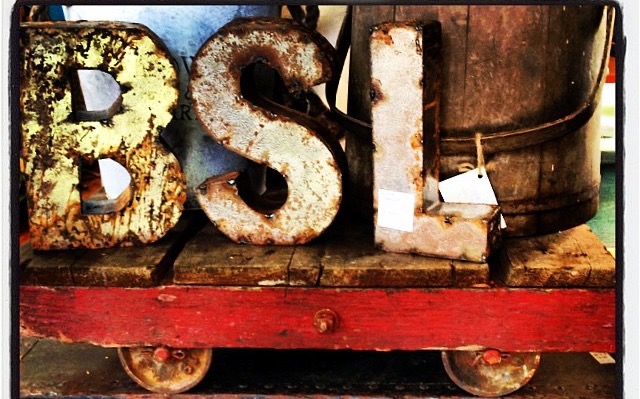
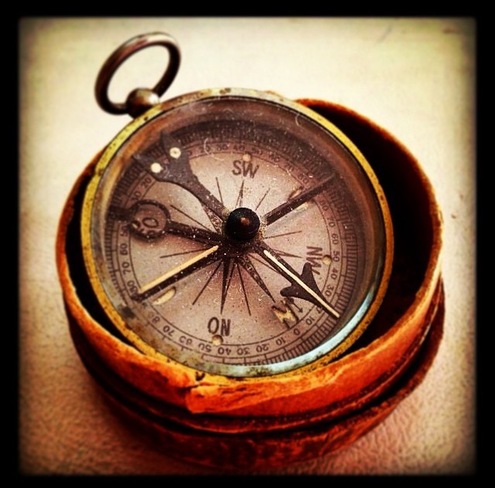
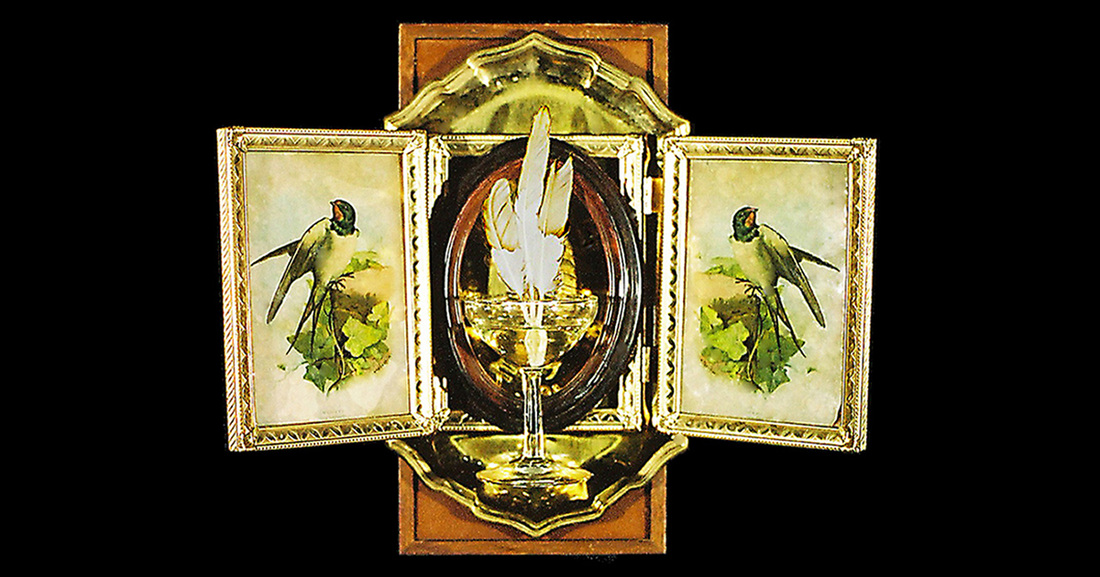
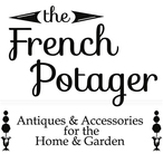
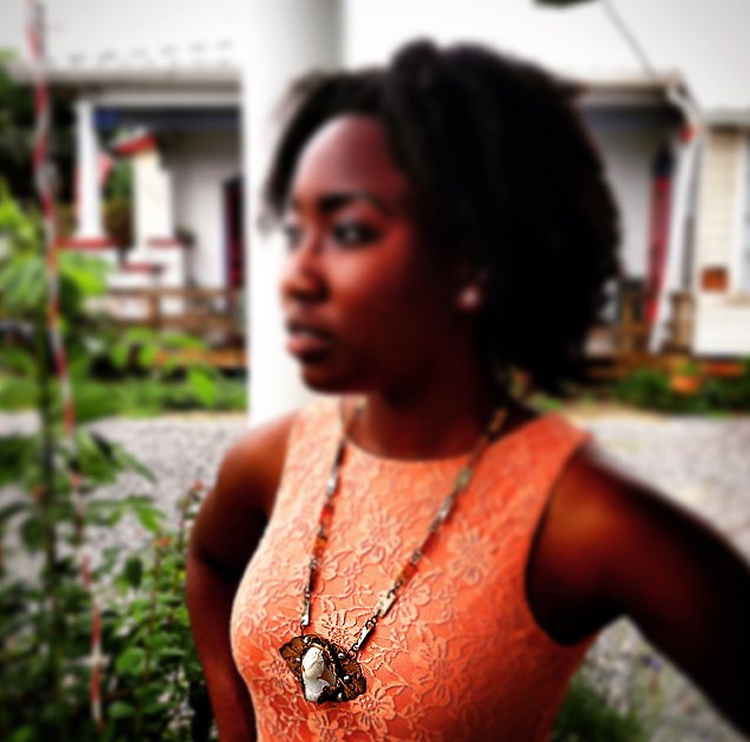
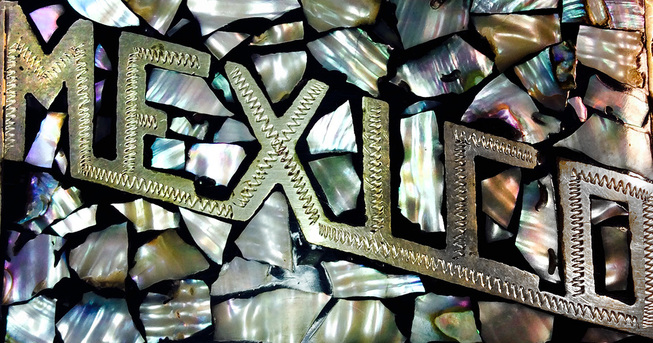
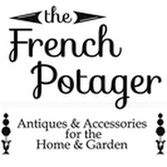
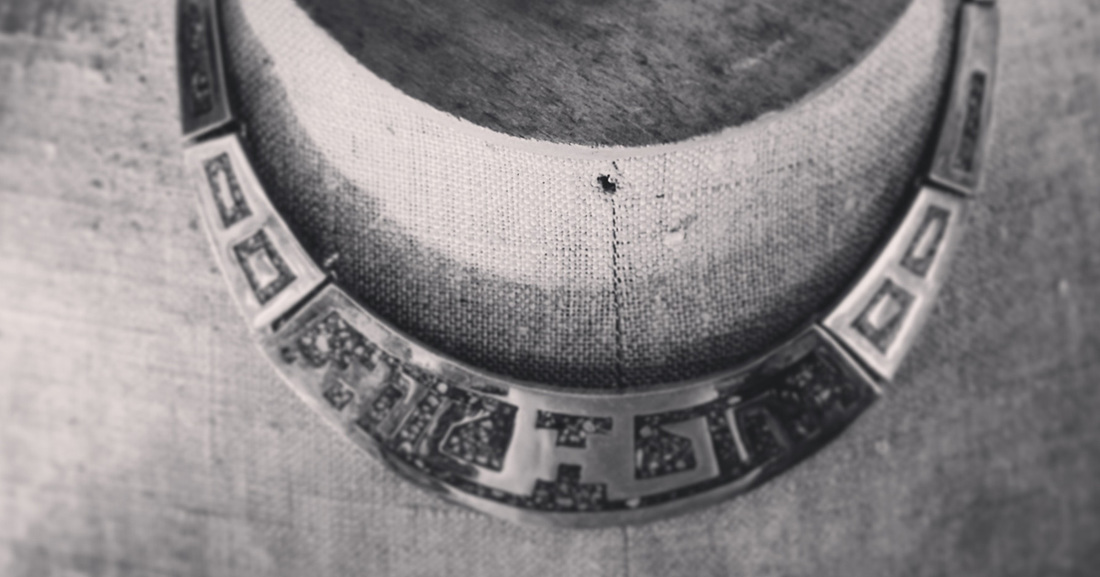
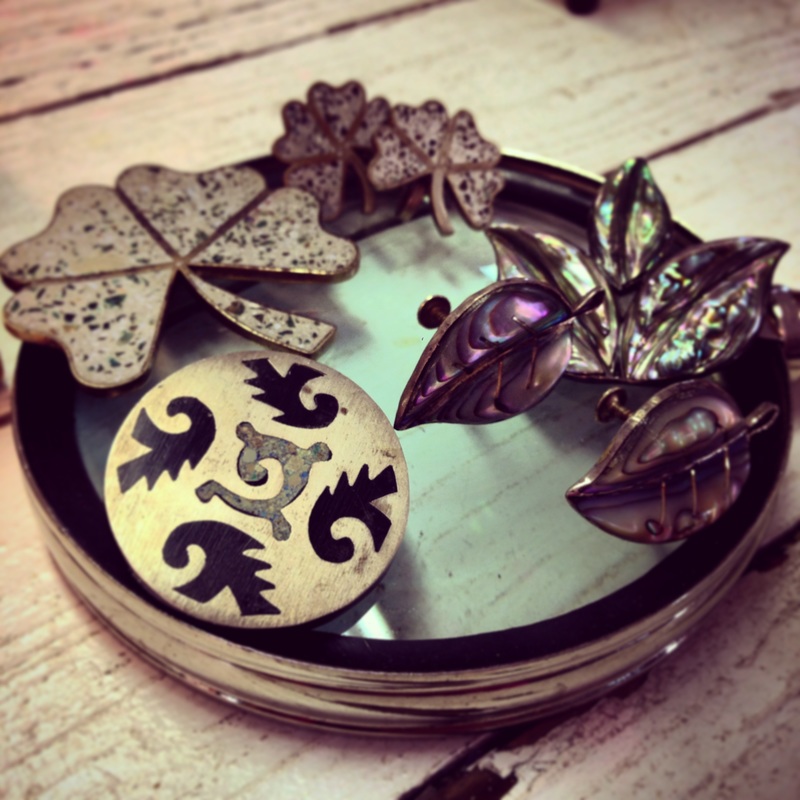
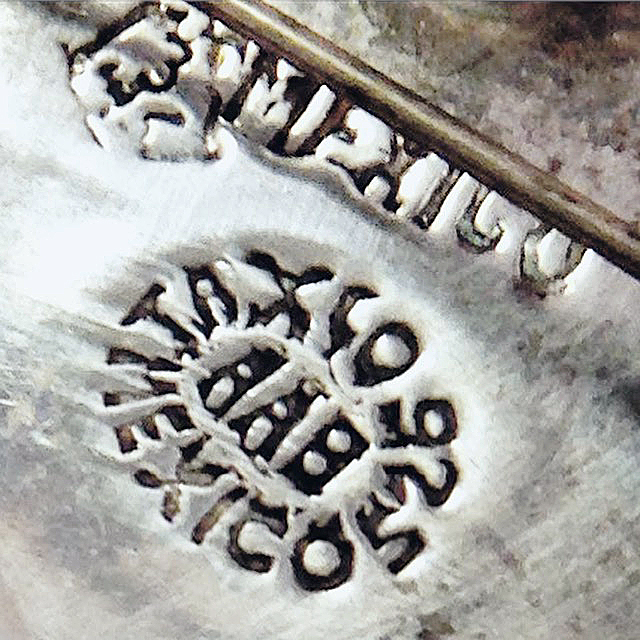
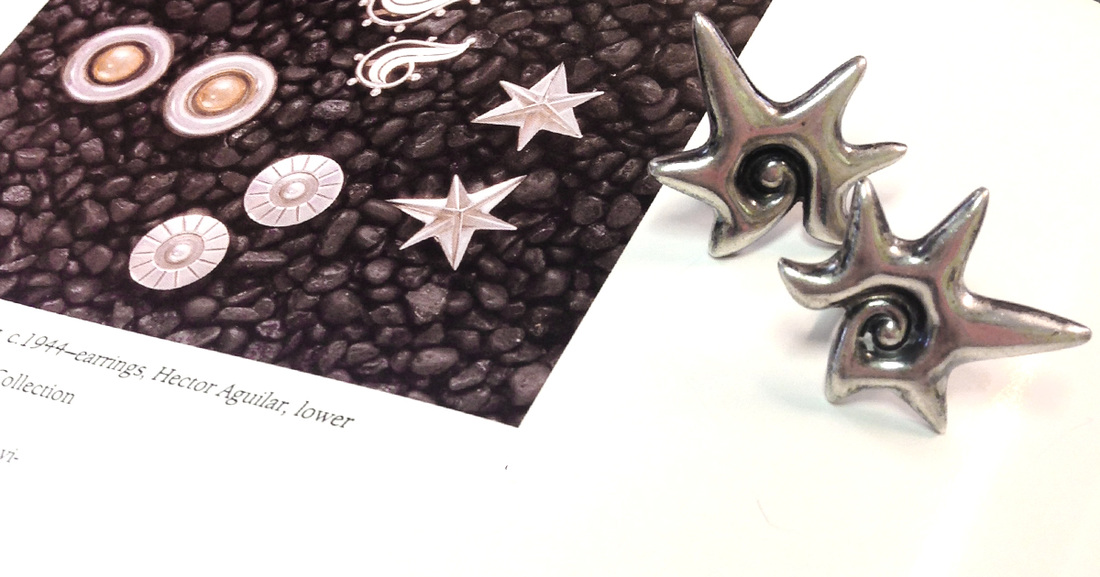
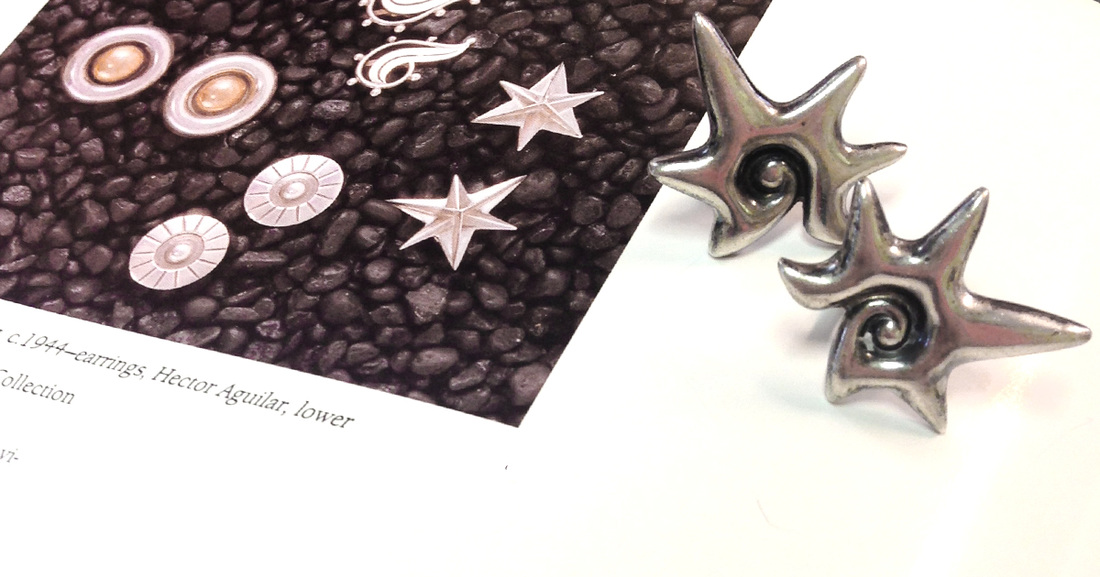
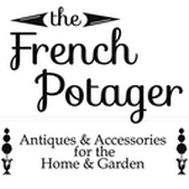
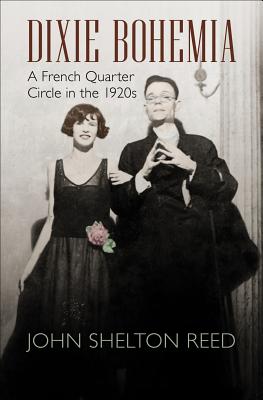
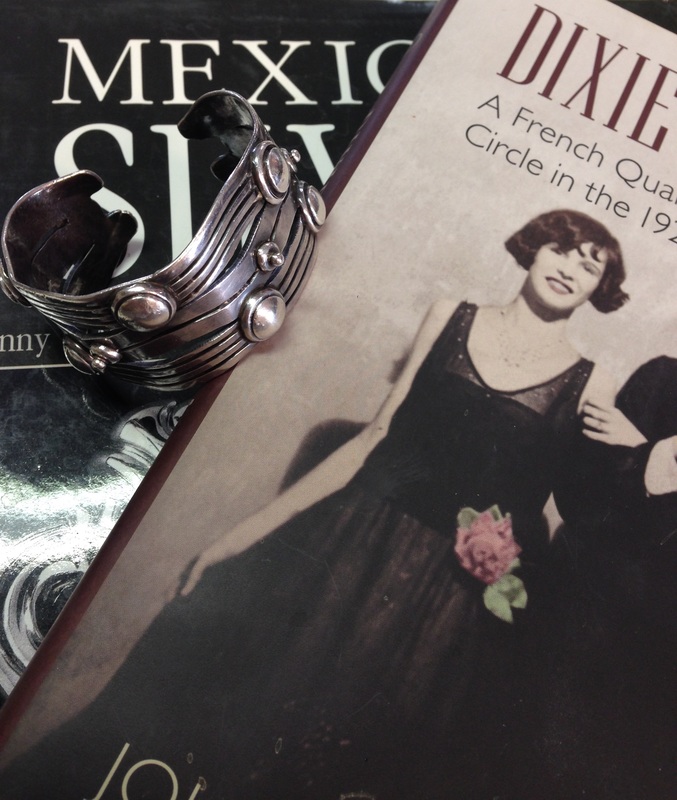
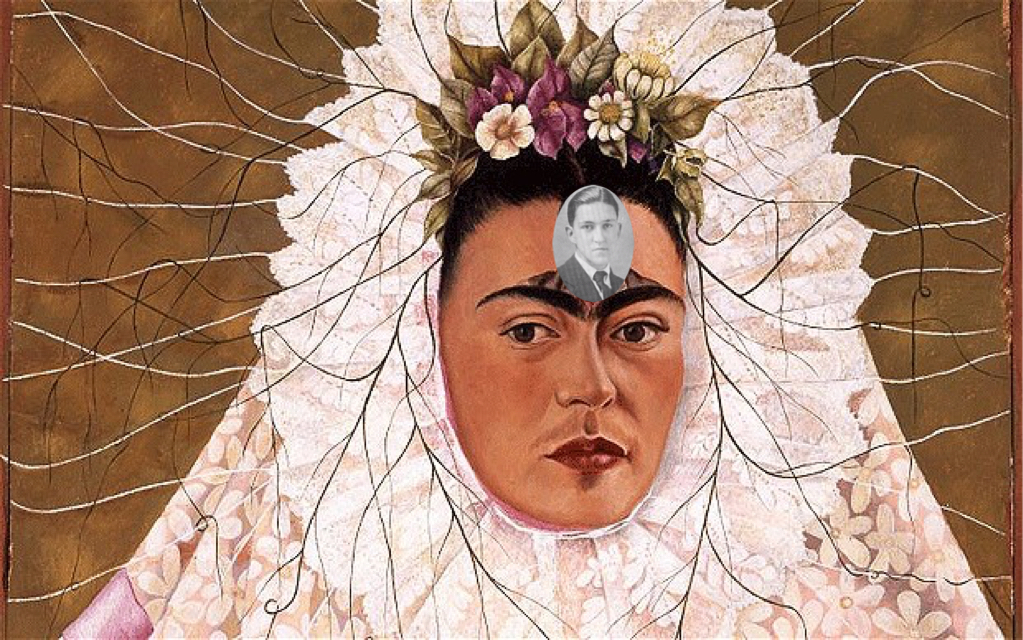
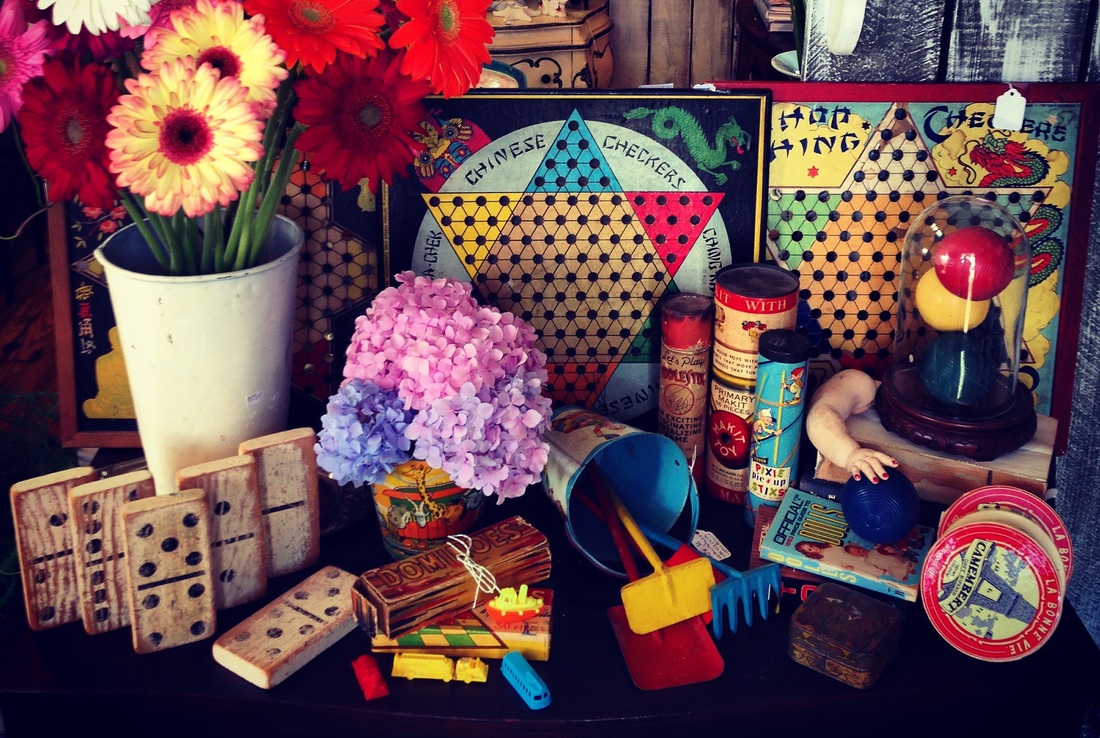
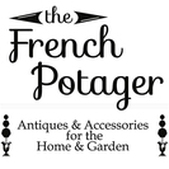
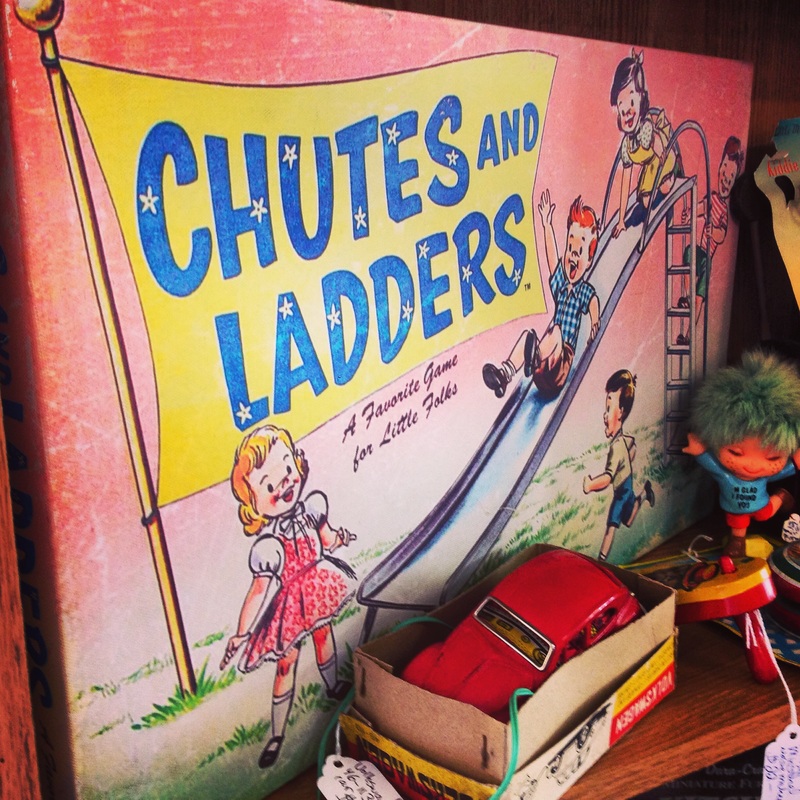
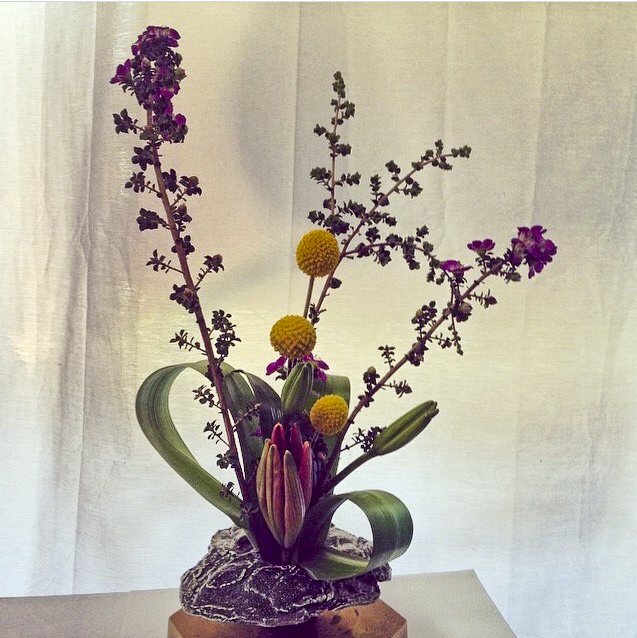
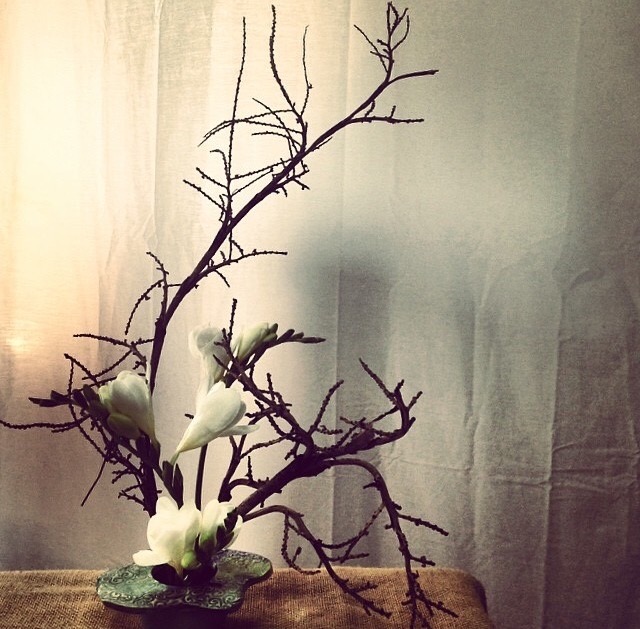
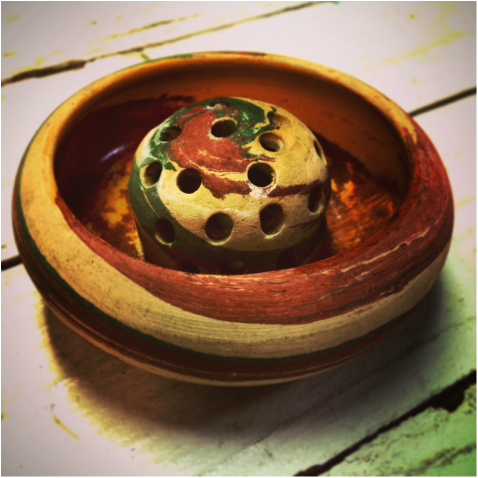
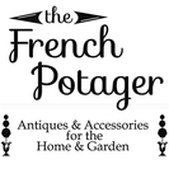
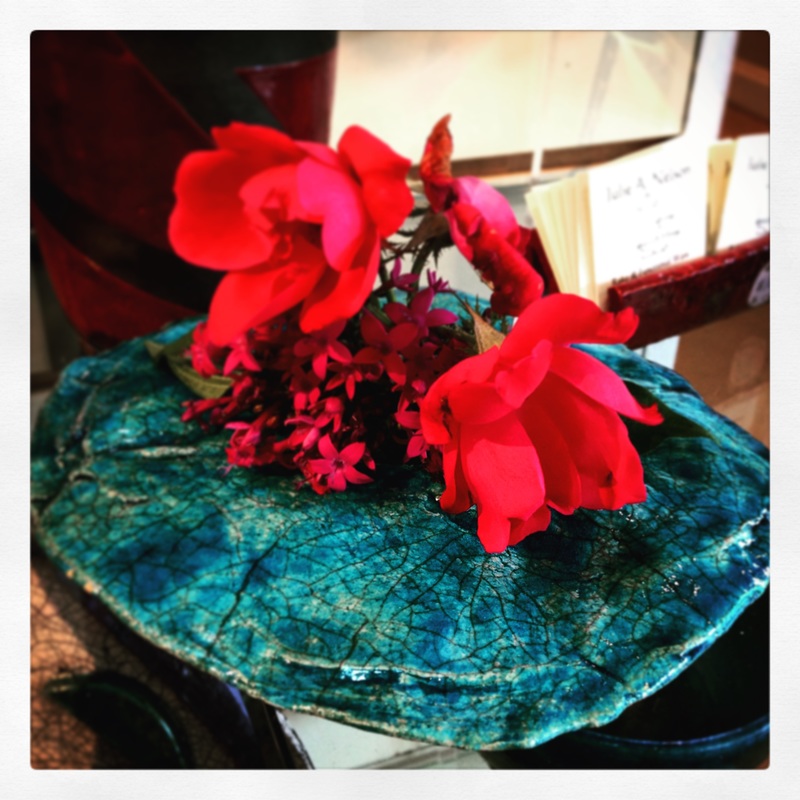
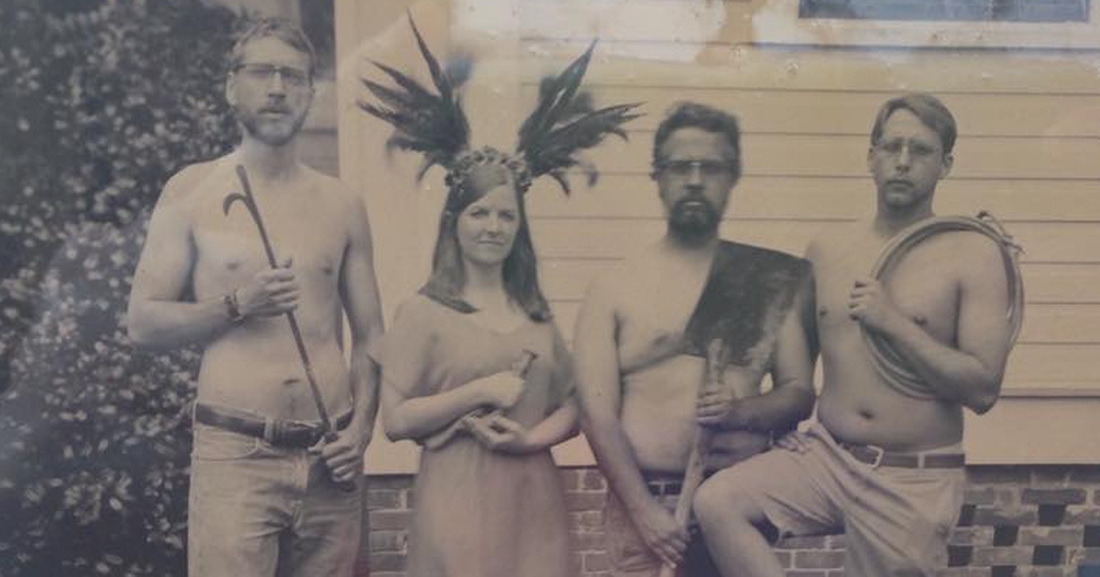
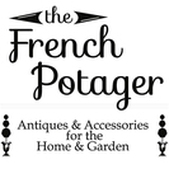
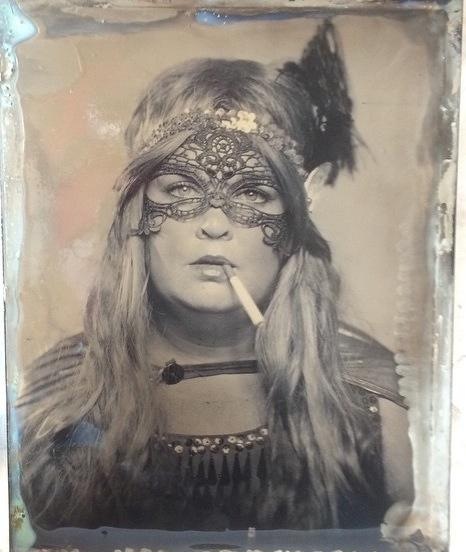
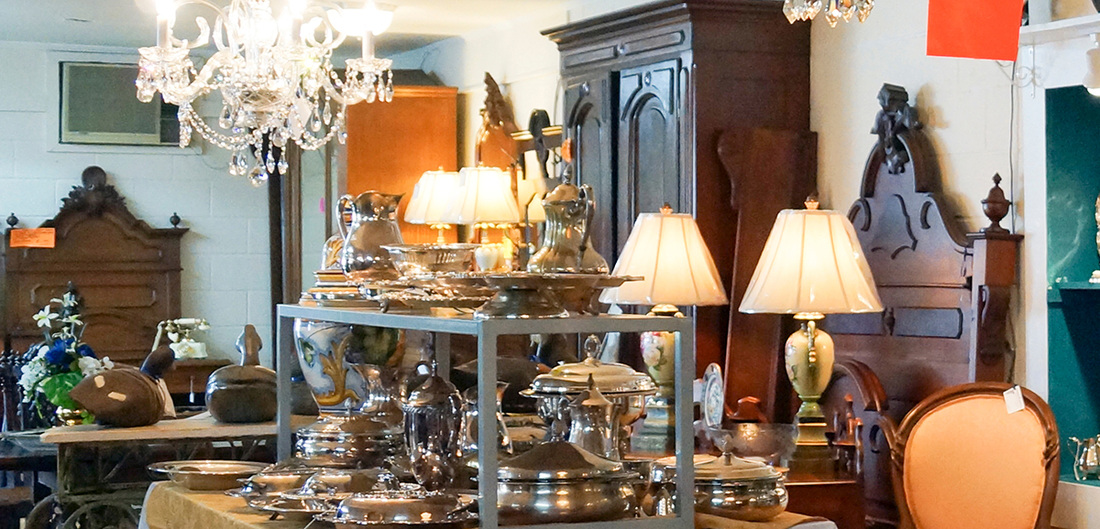
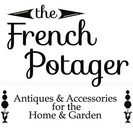







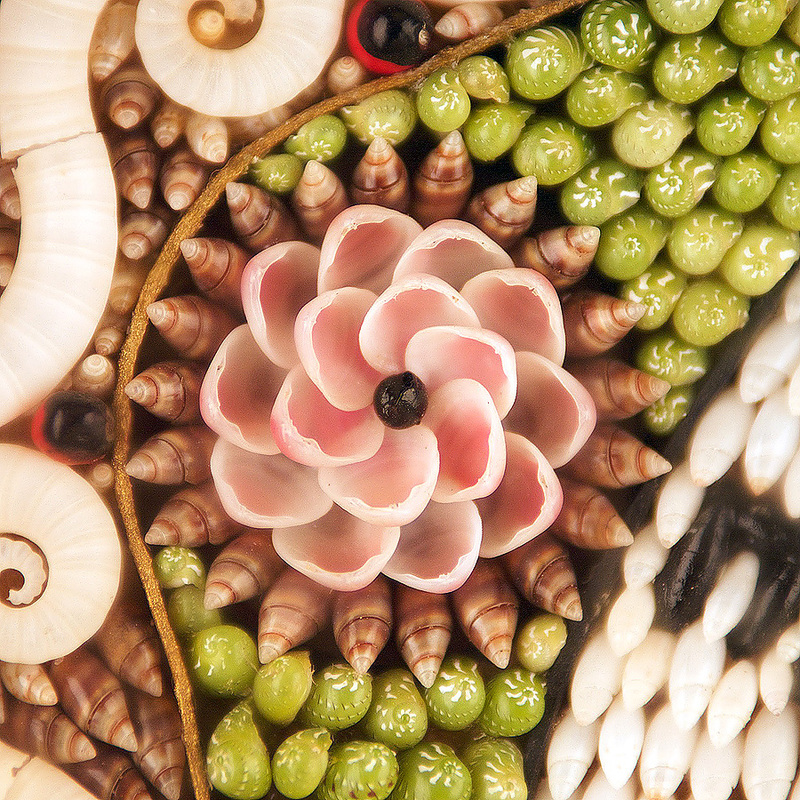






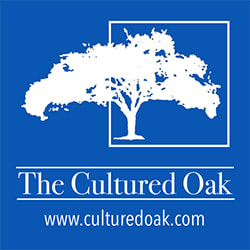




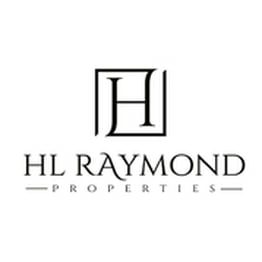








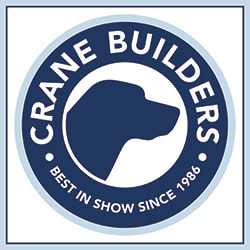





 RSS Feed
RSS Feed























